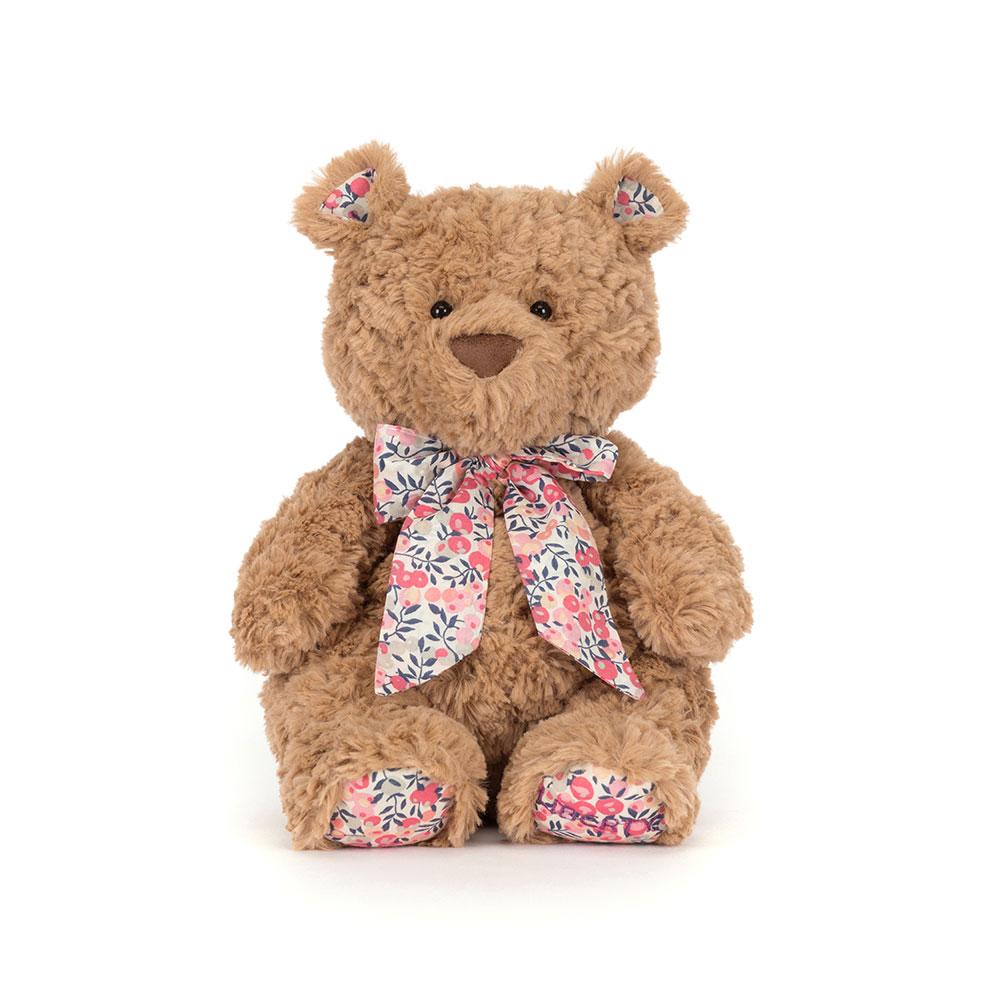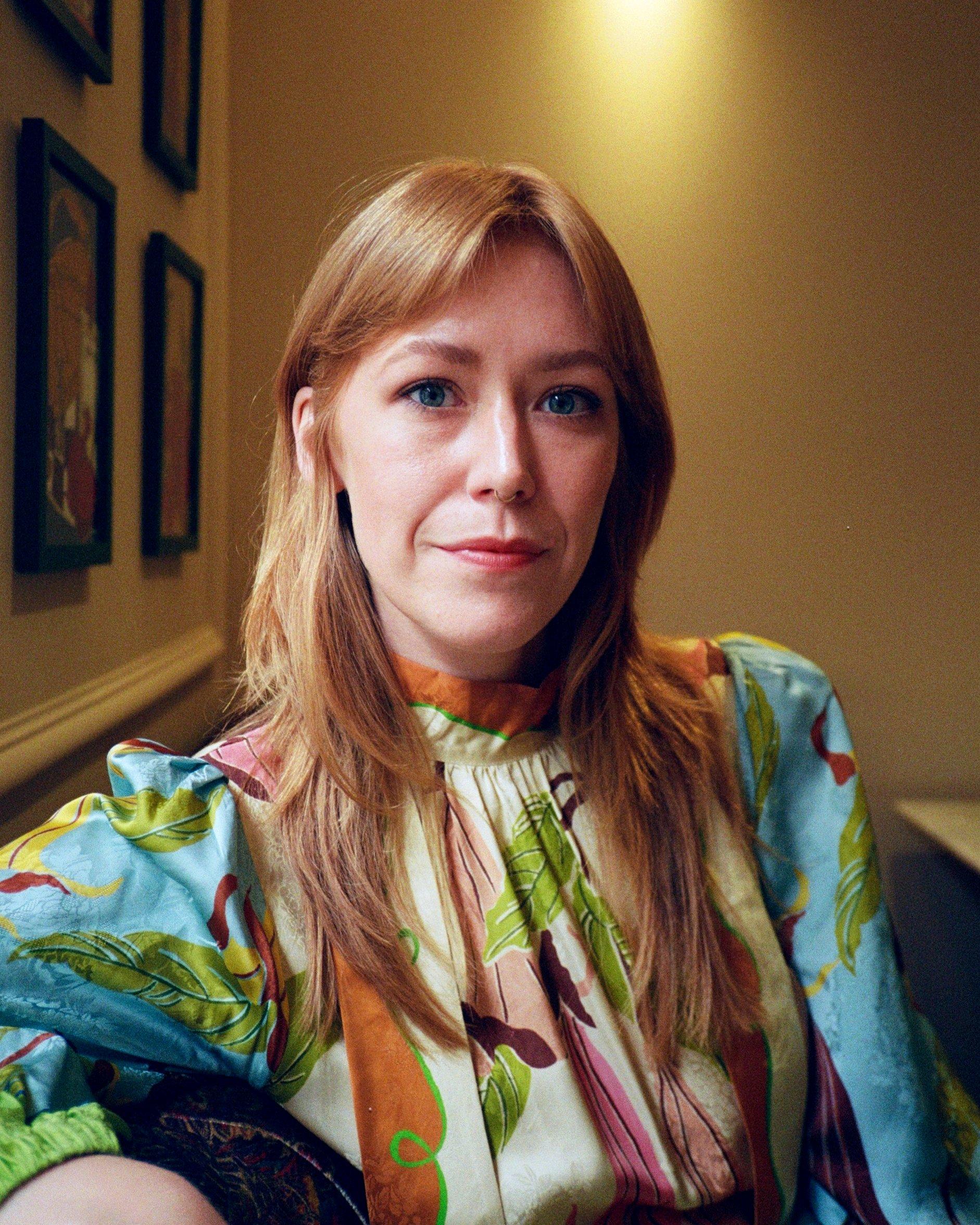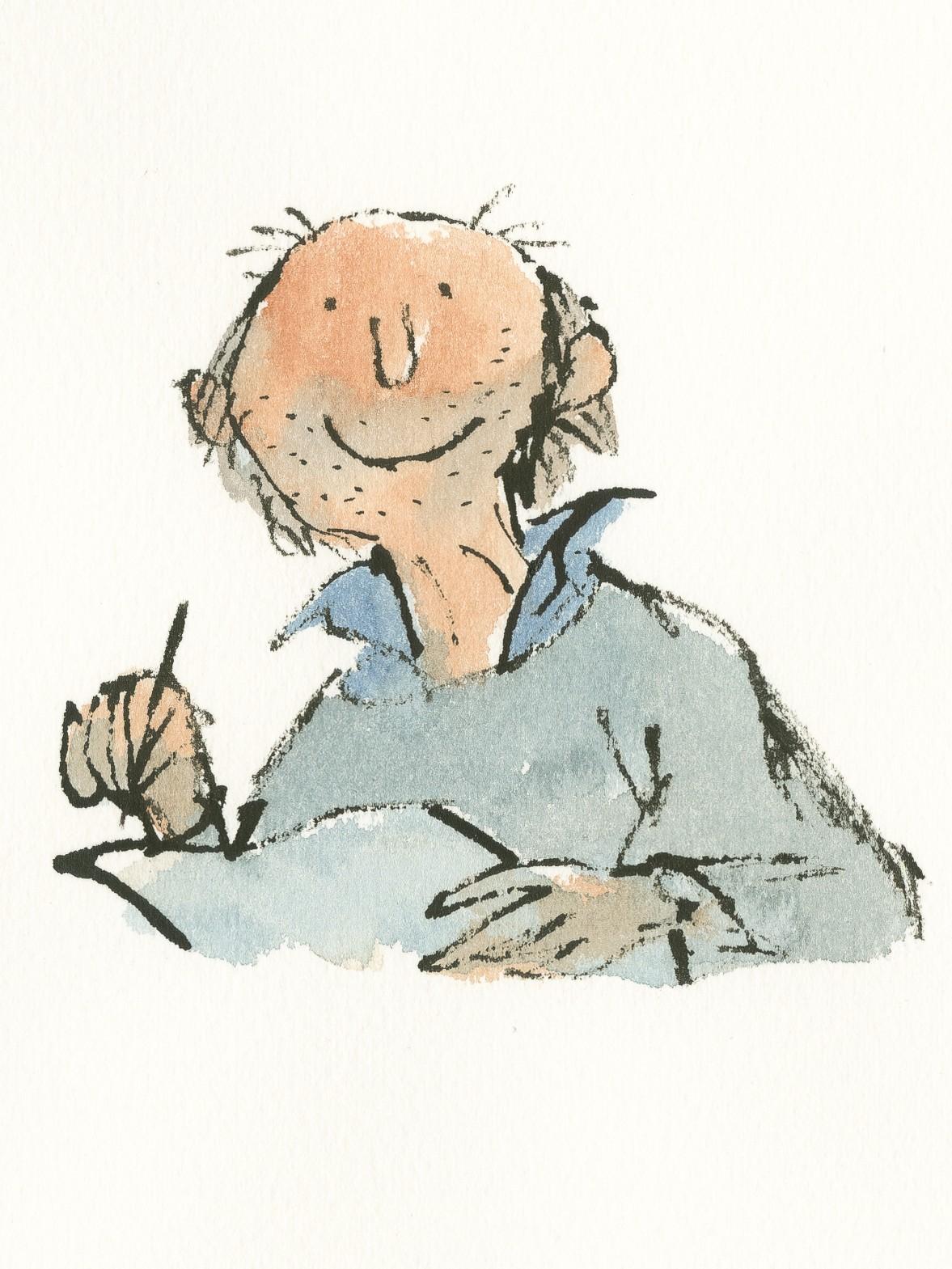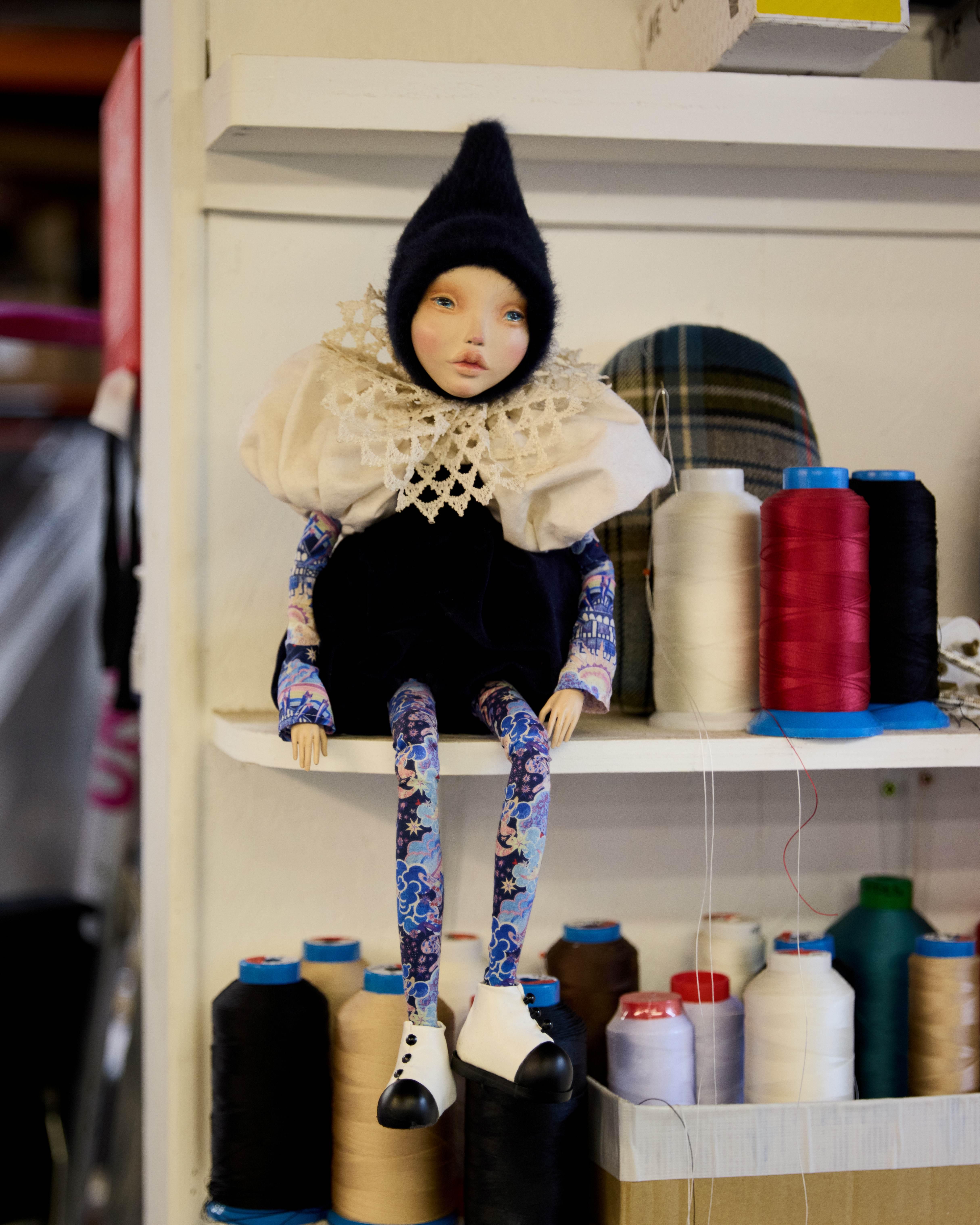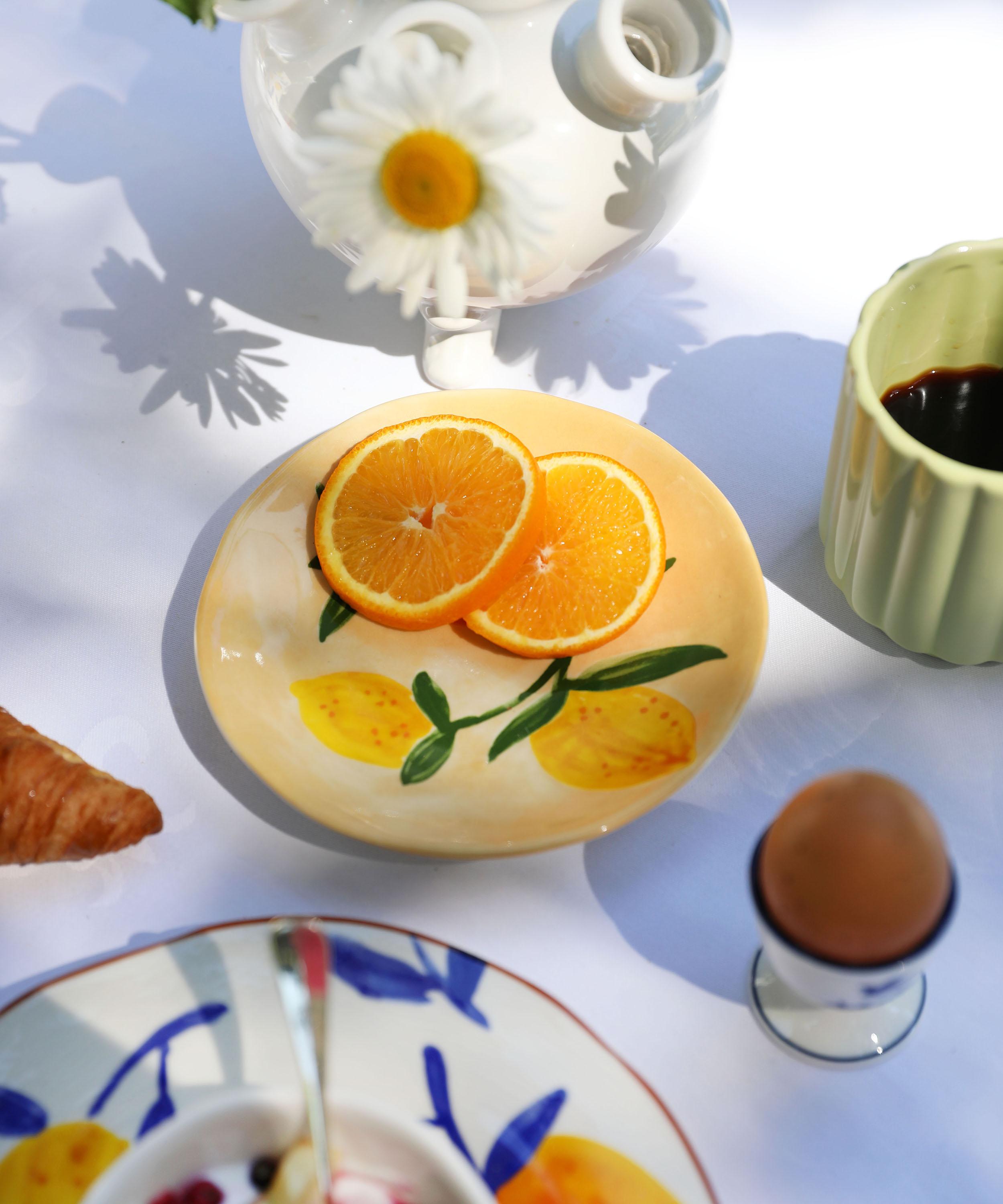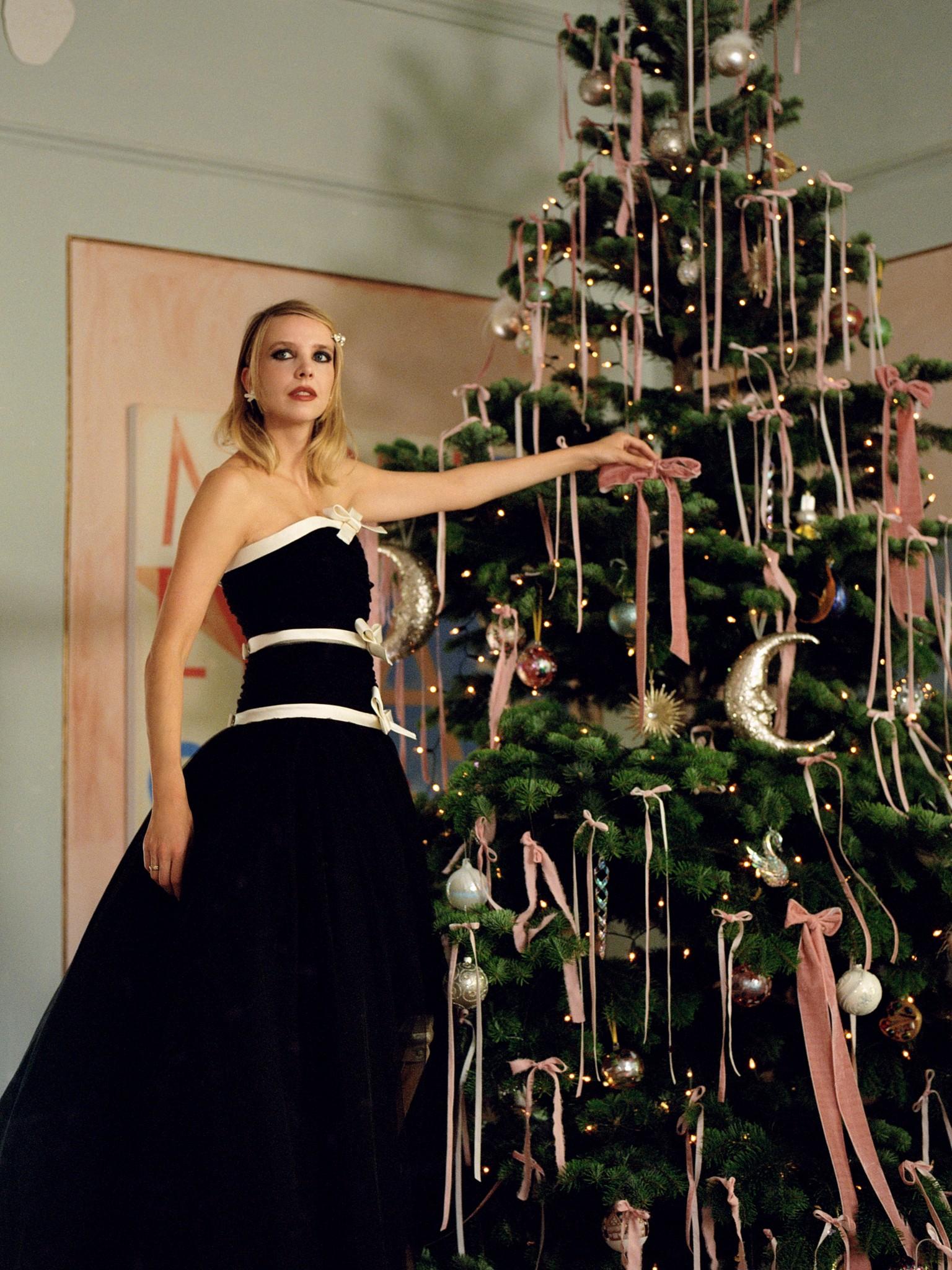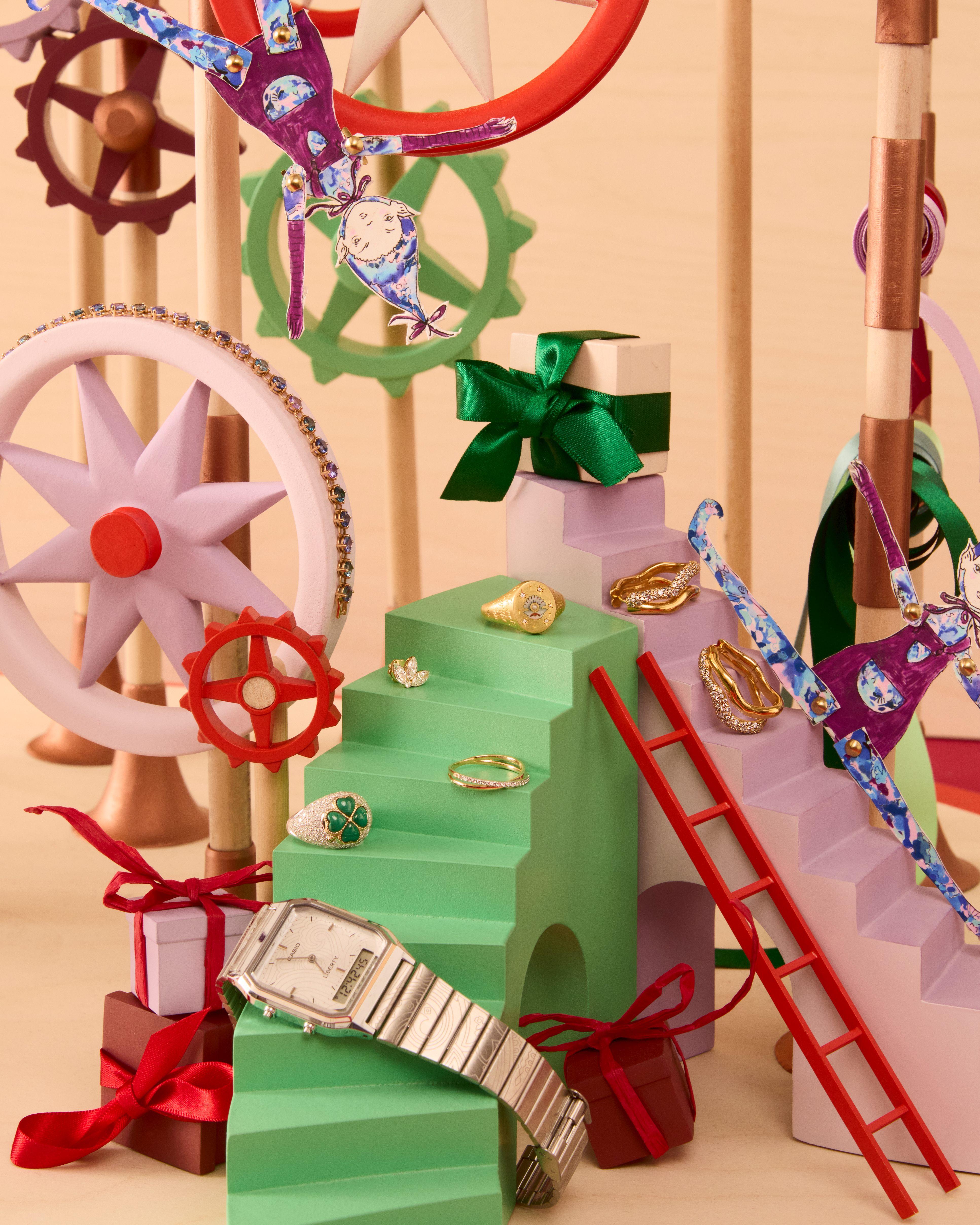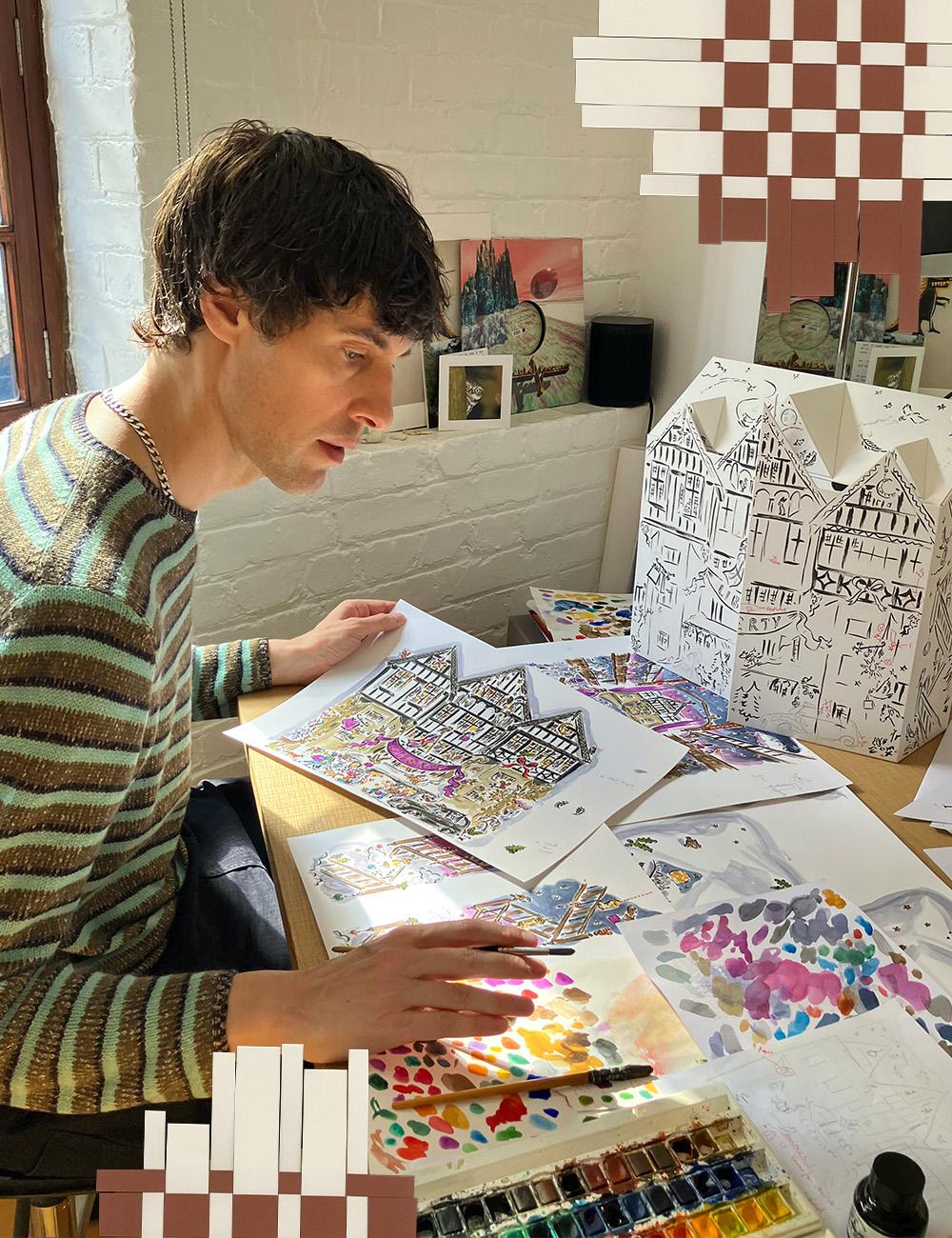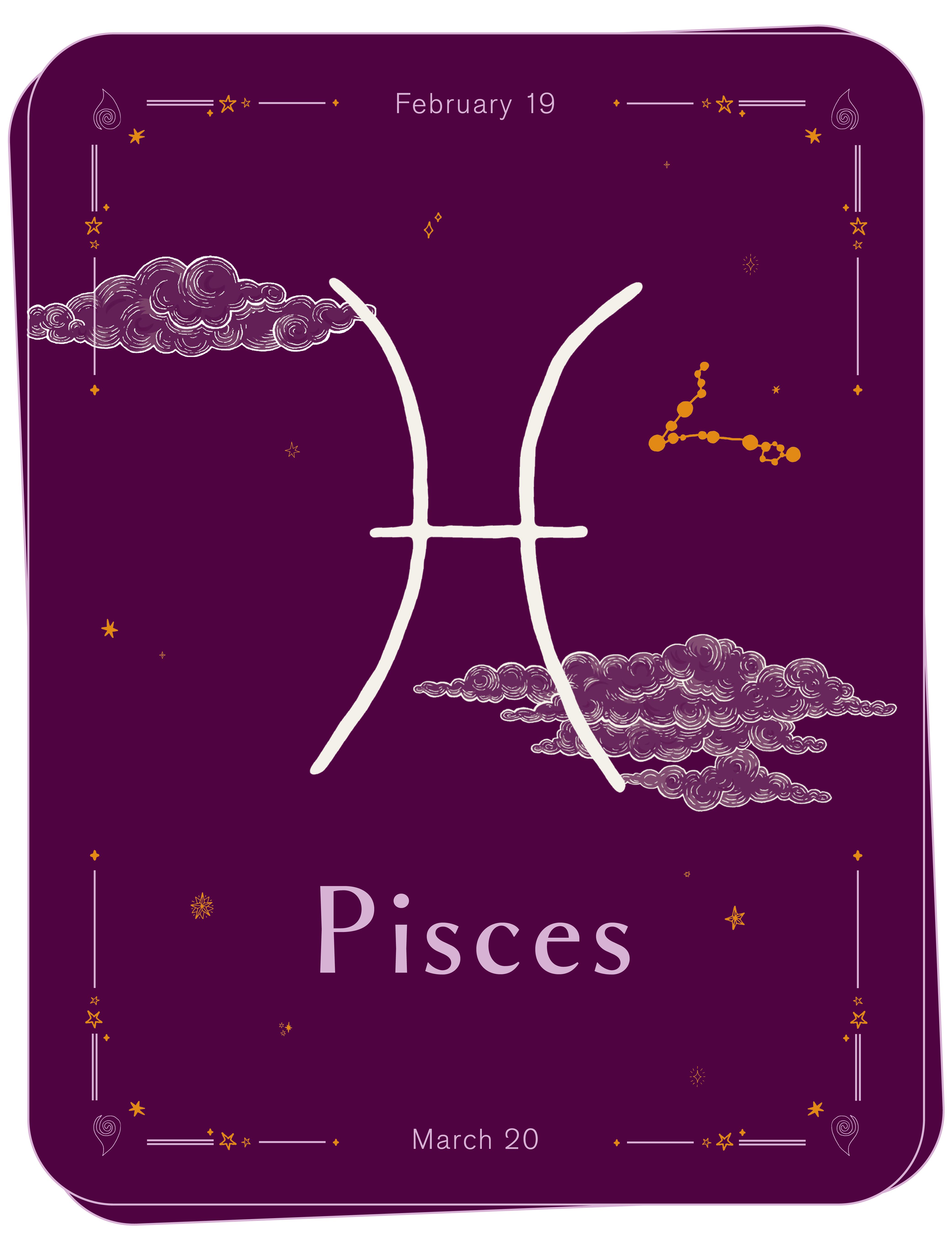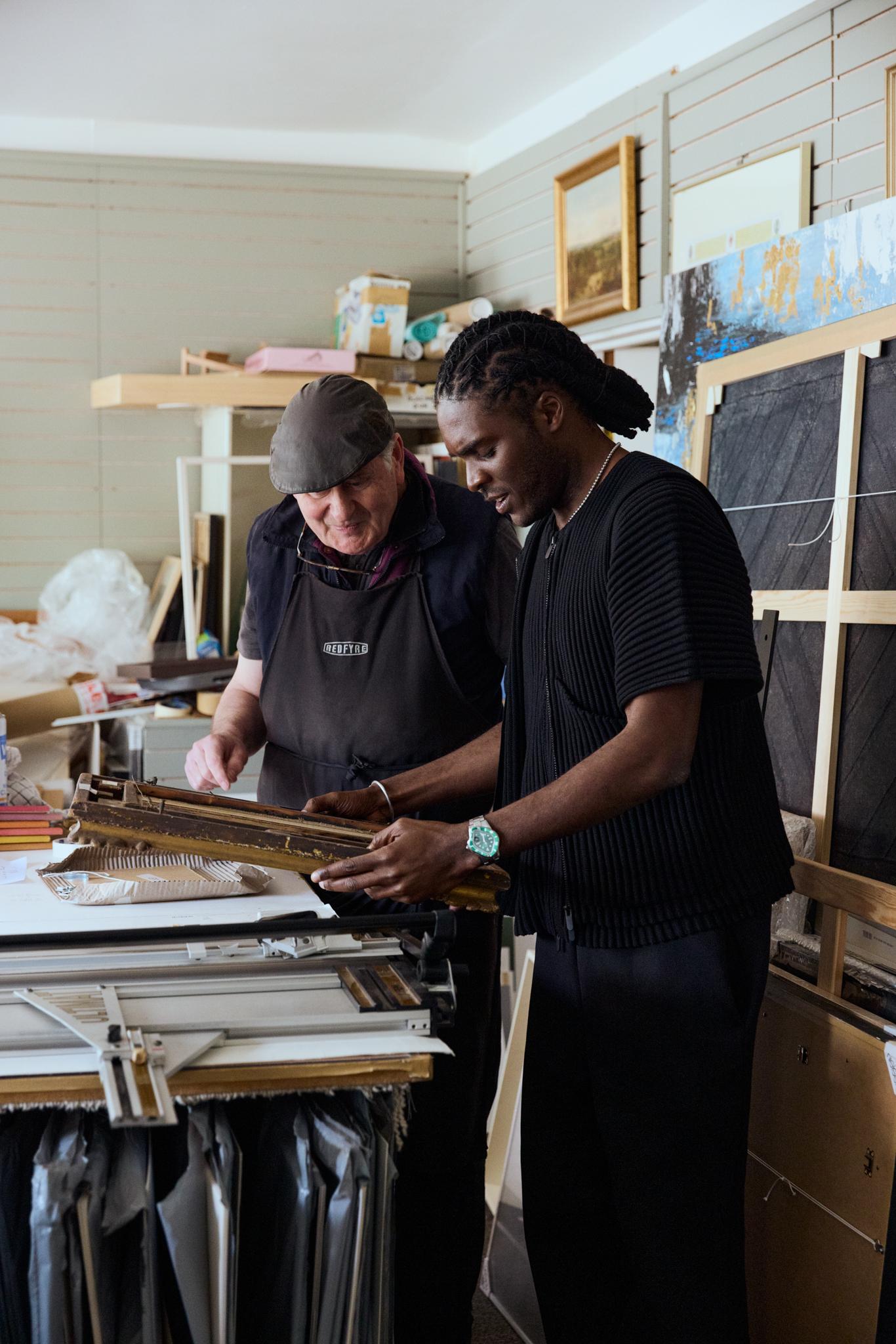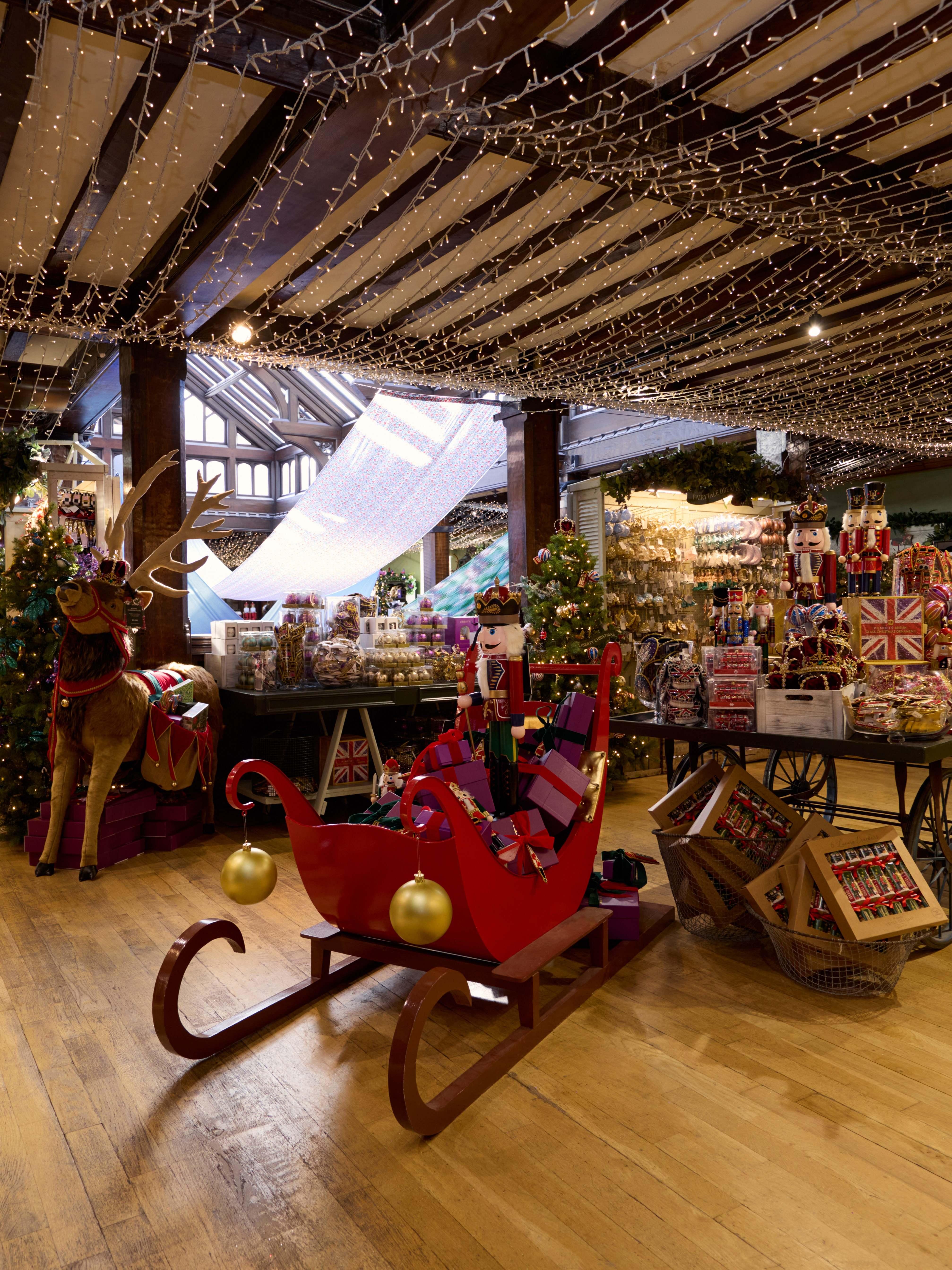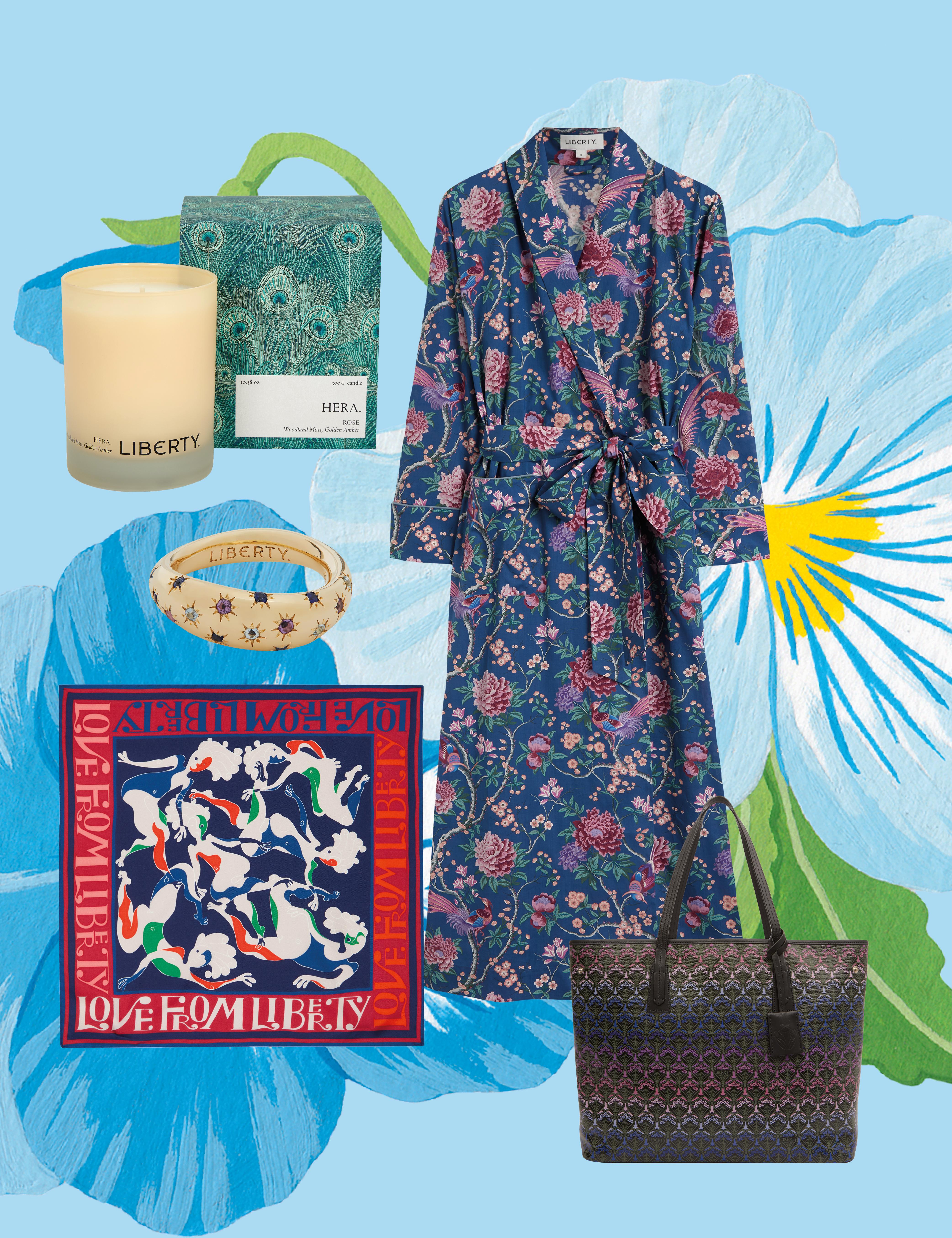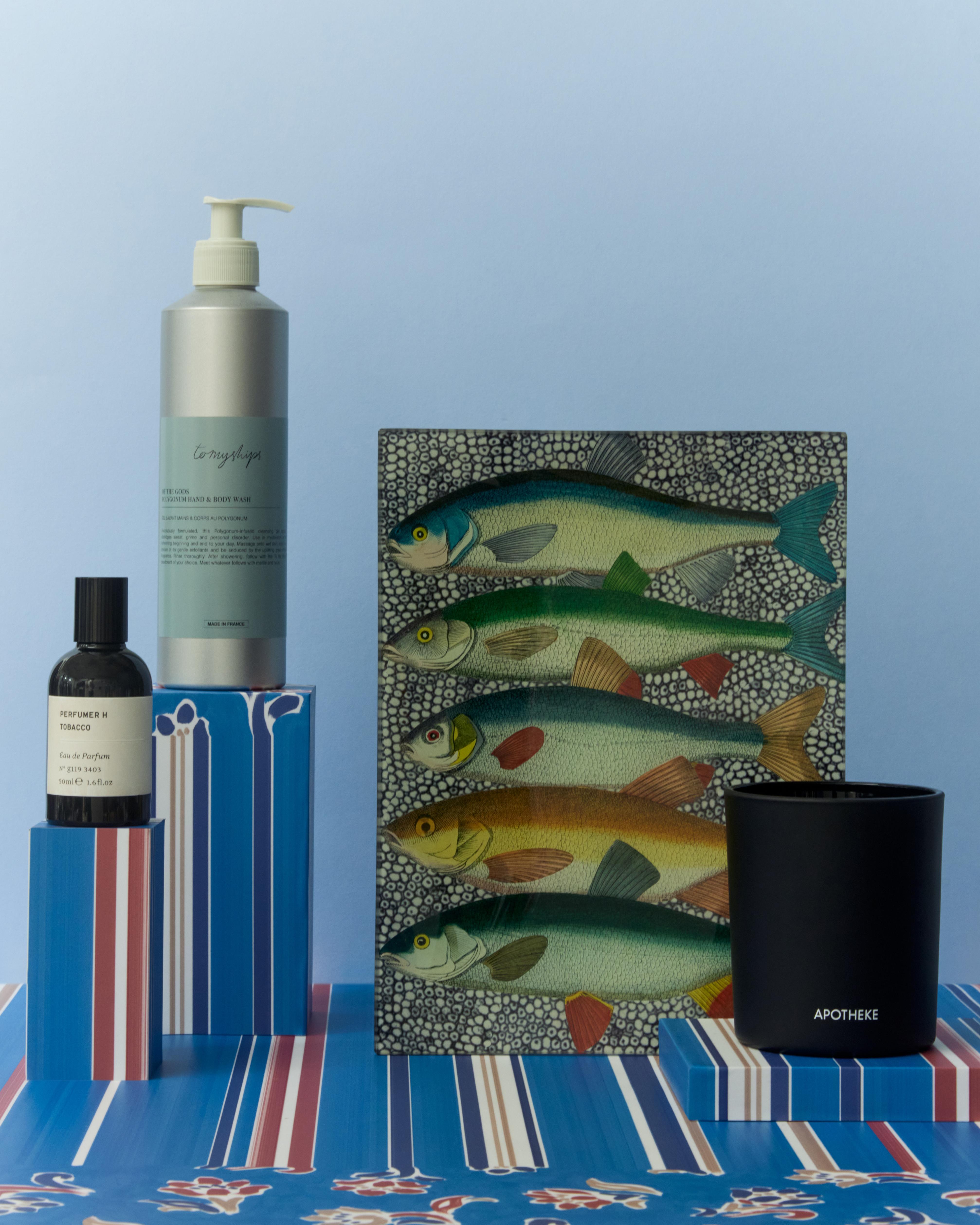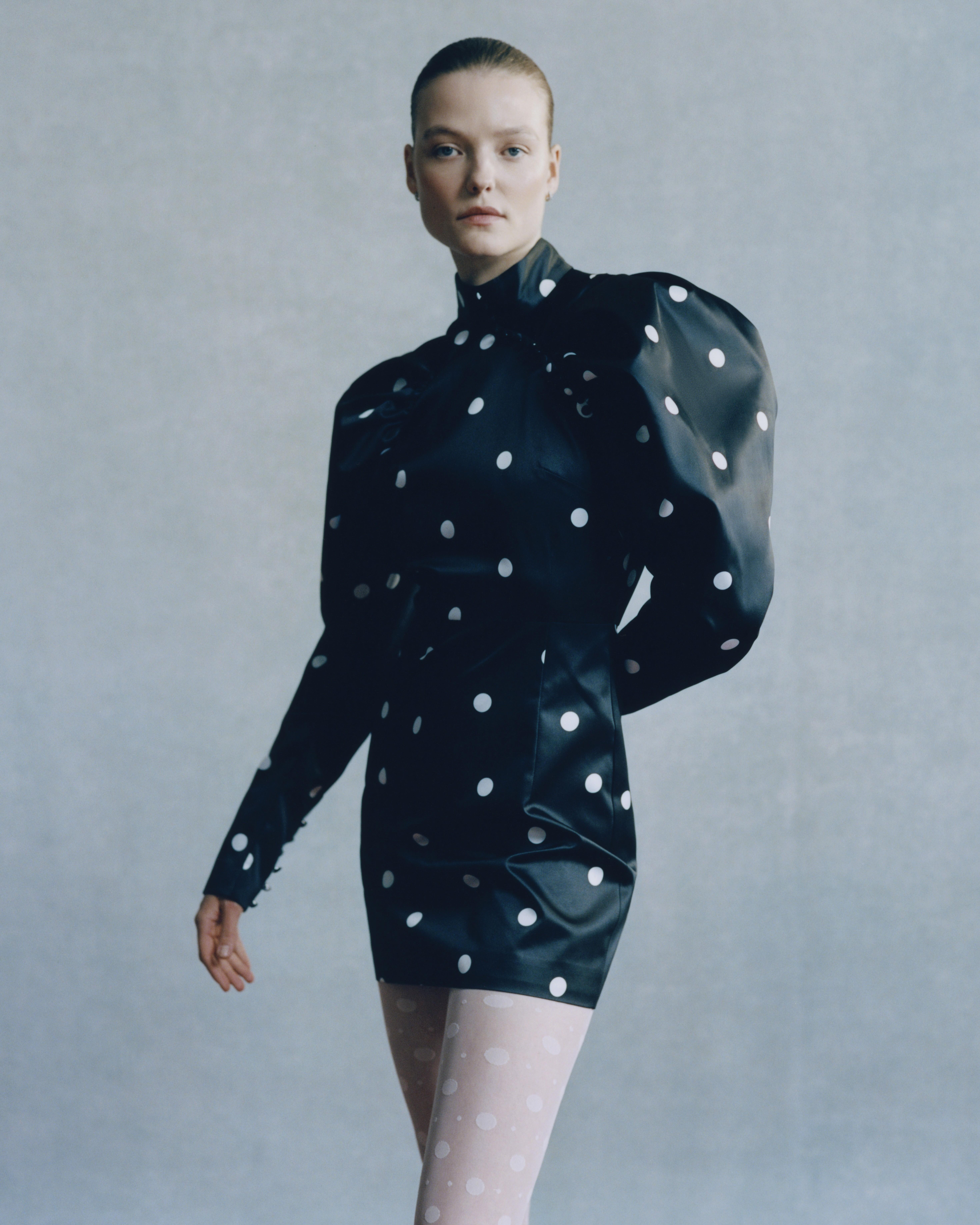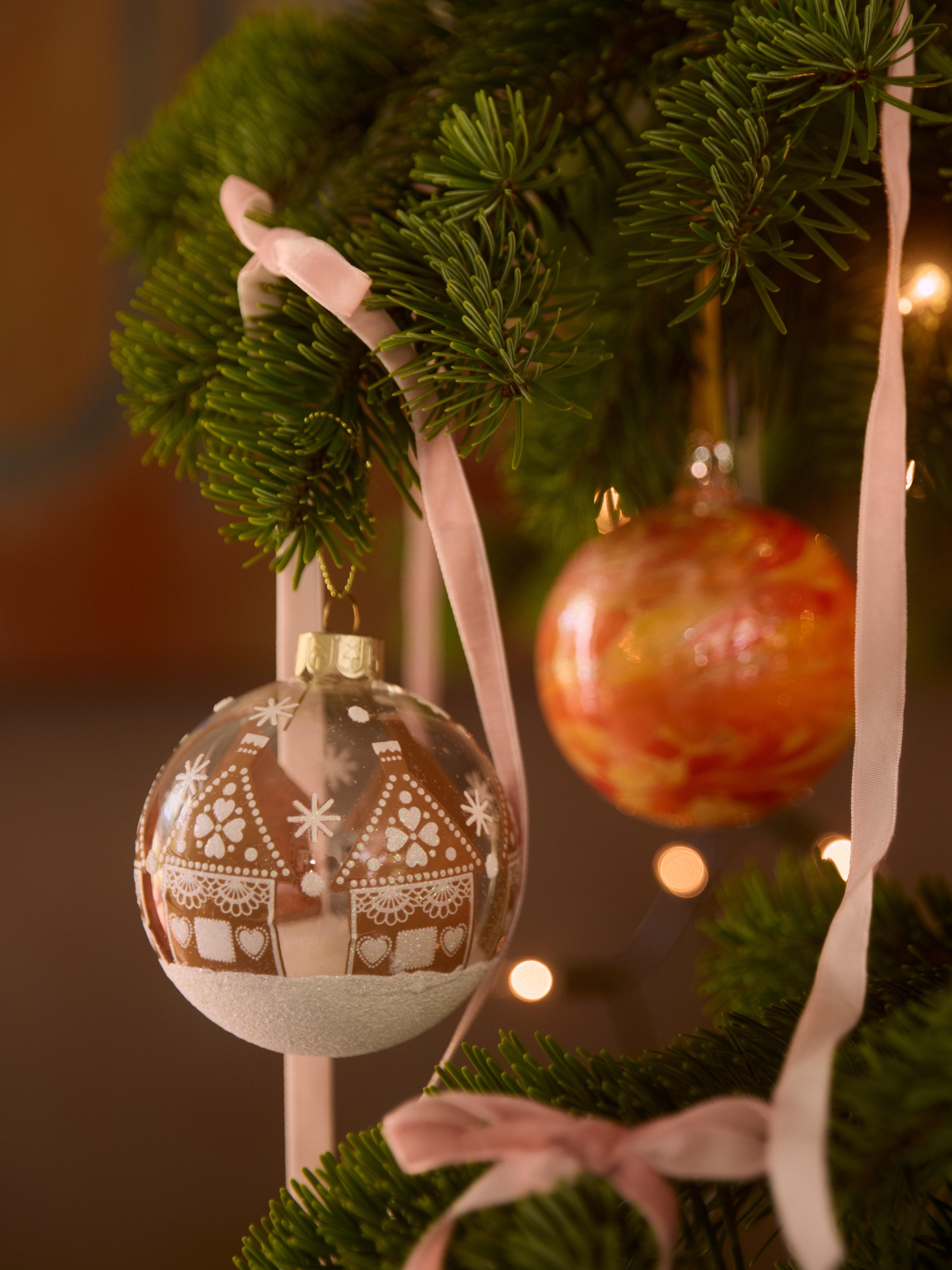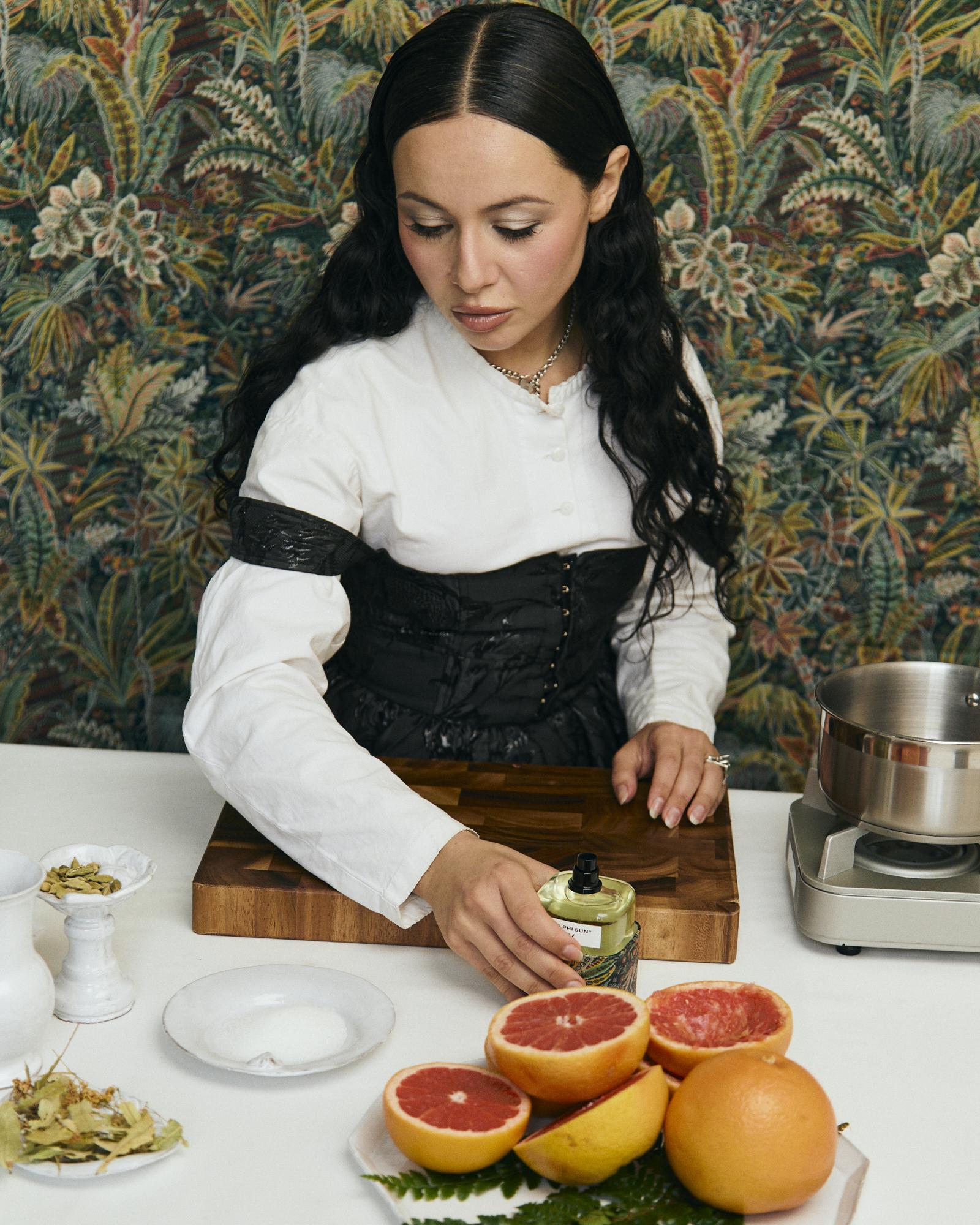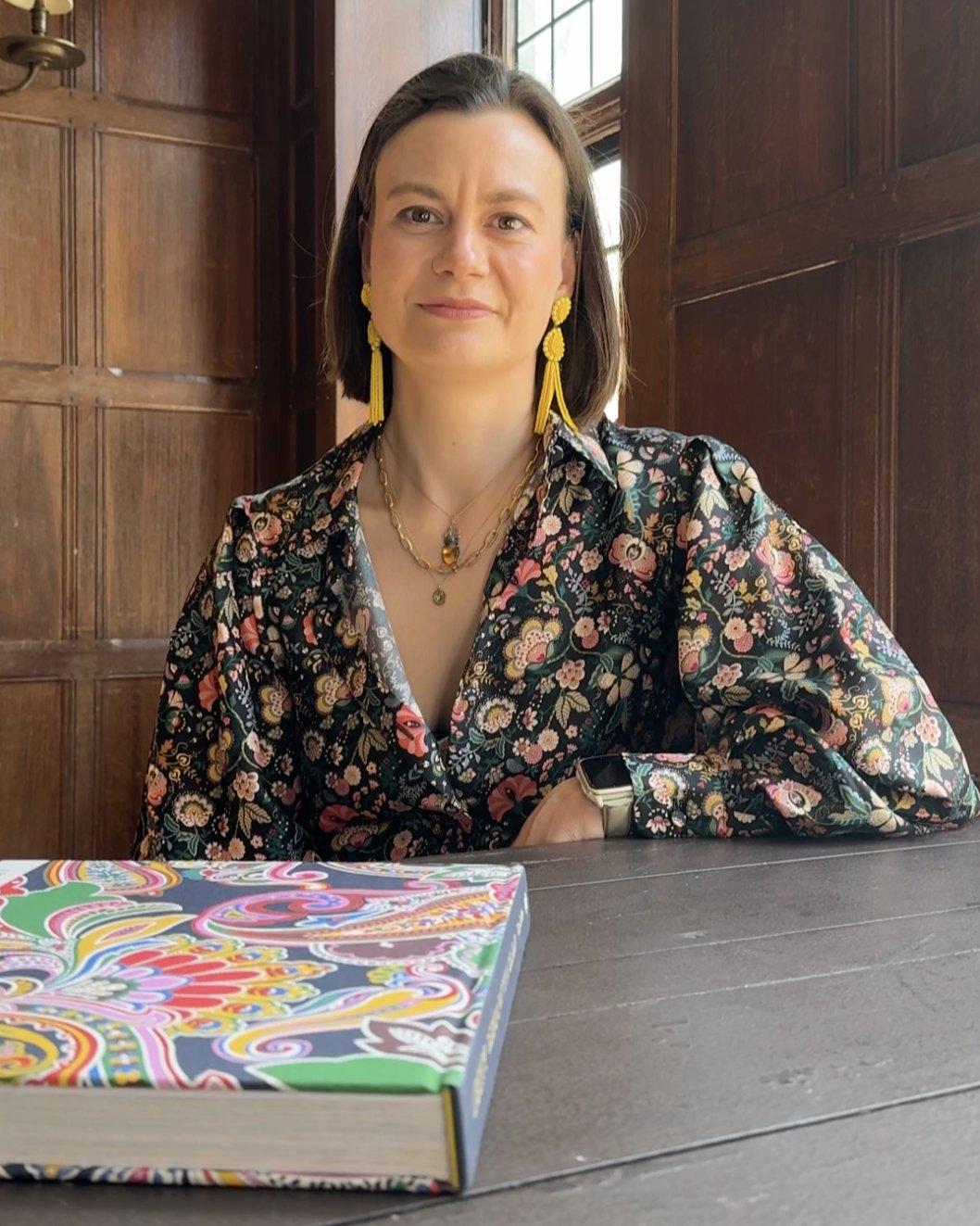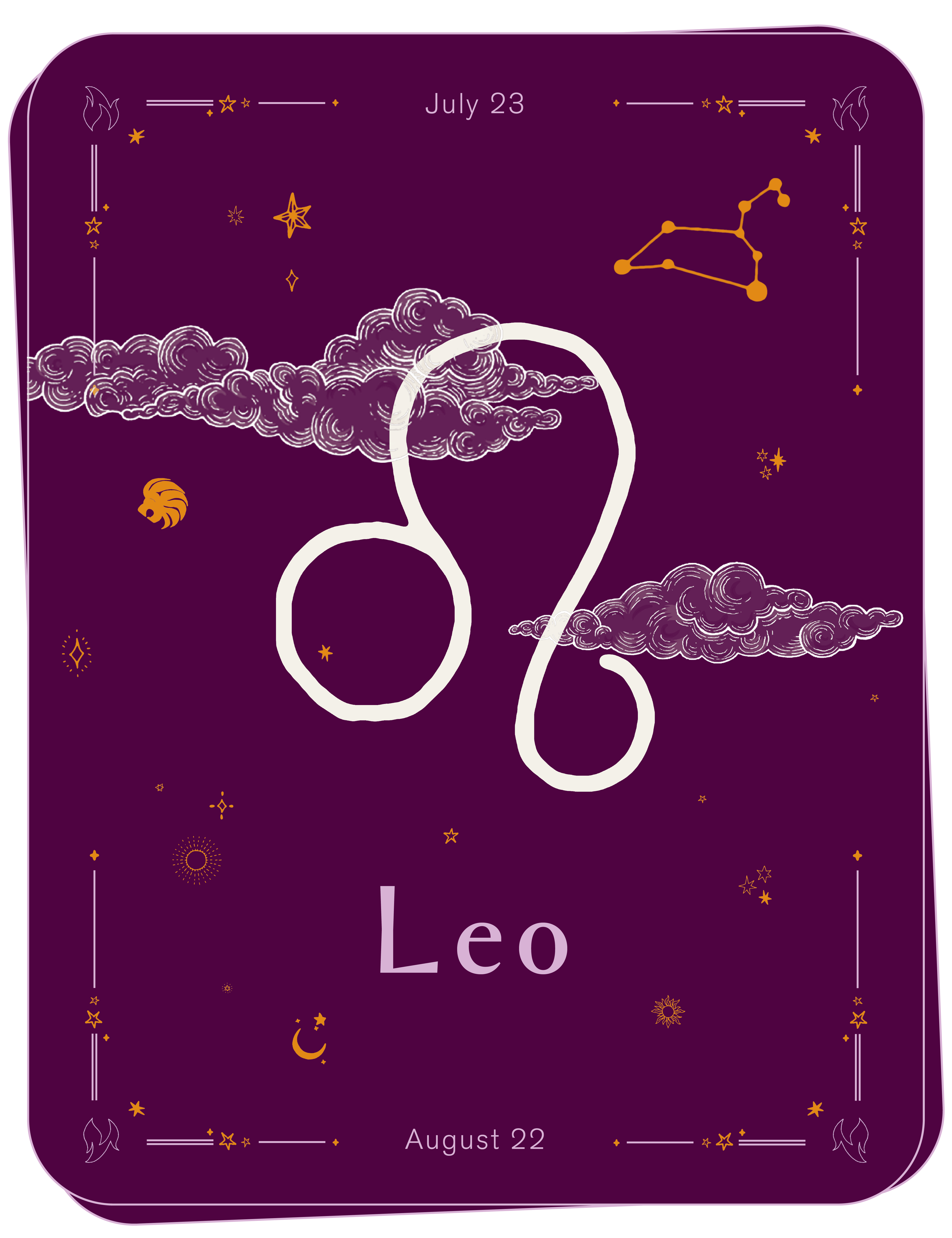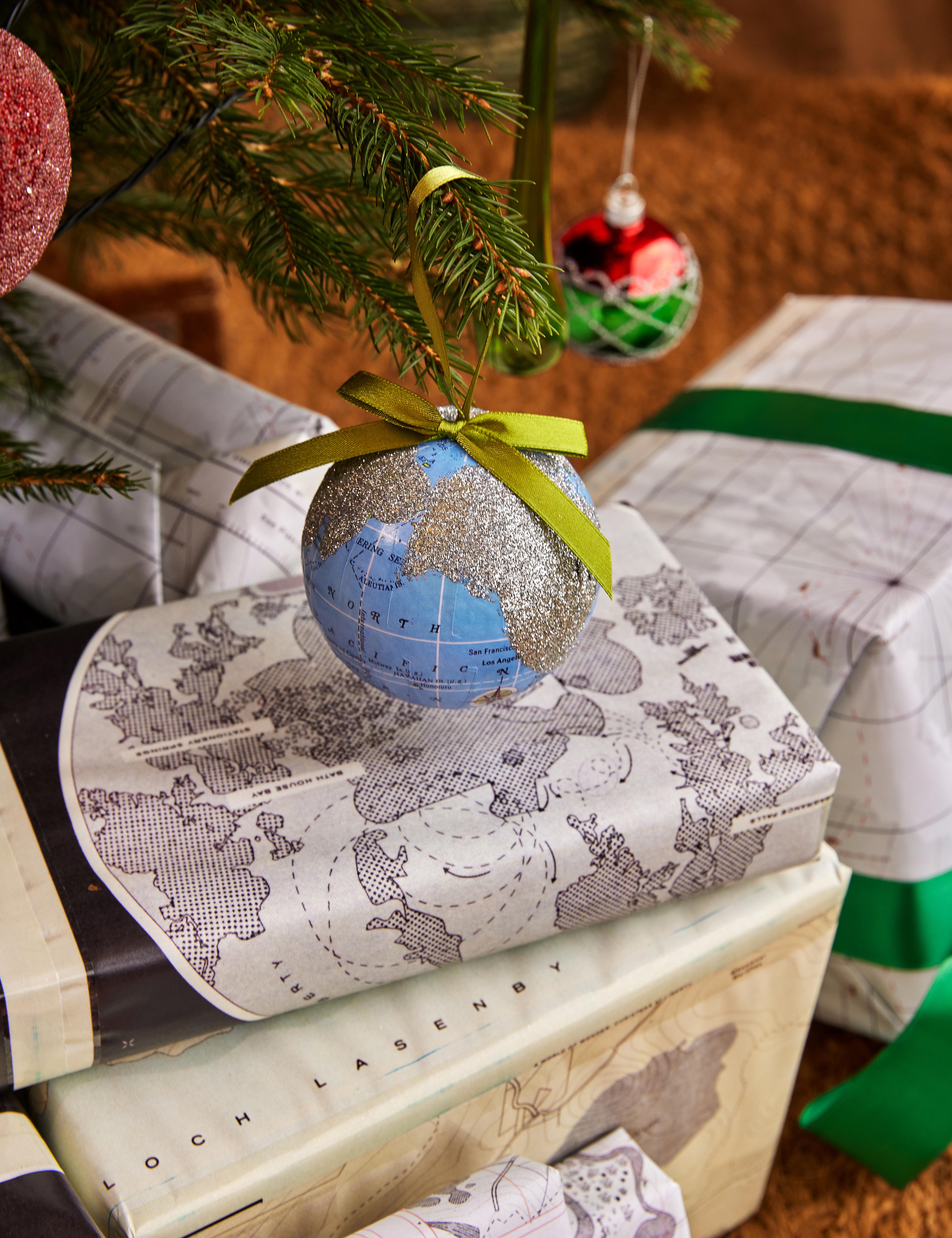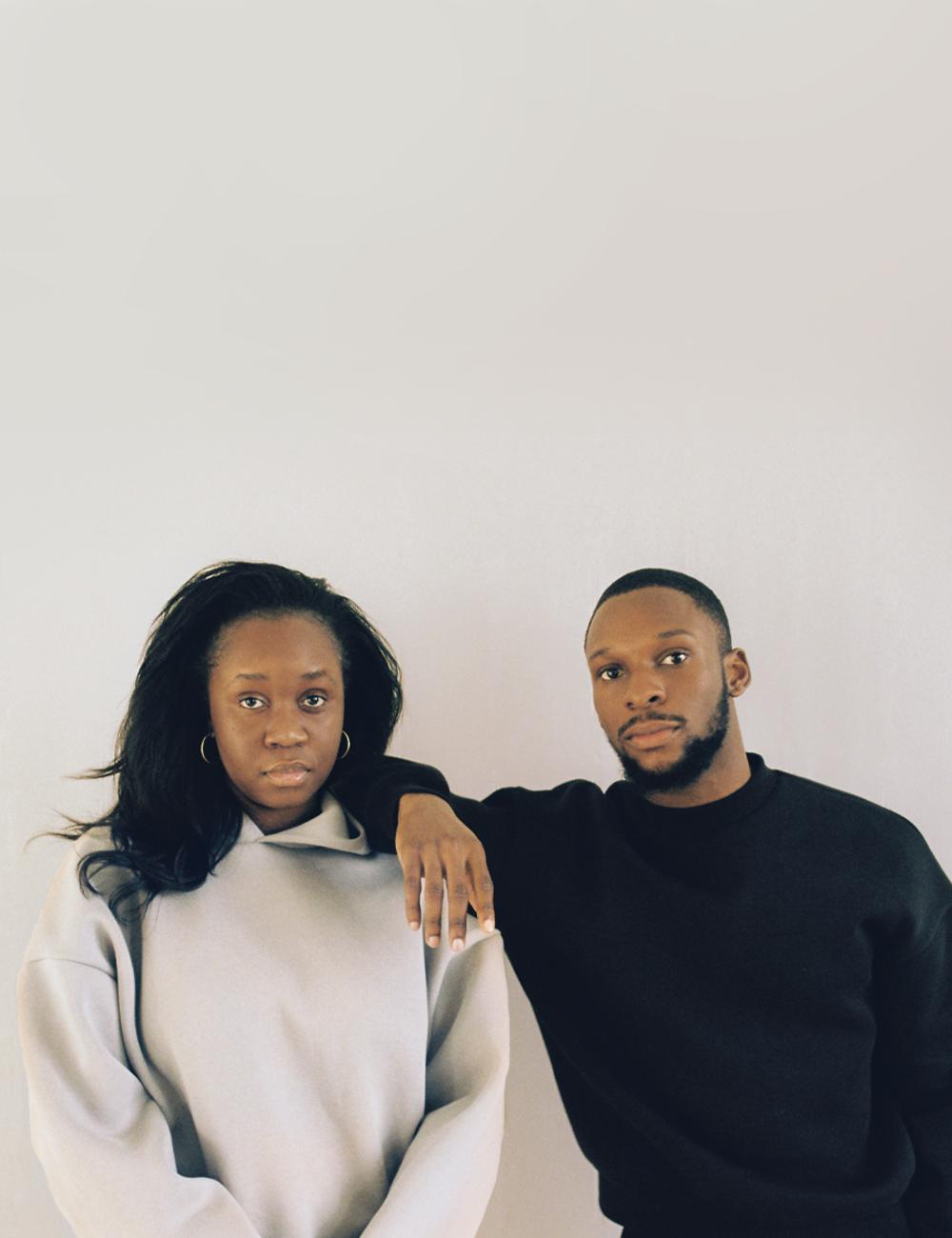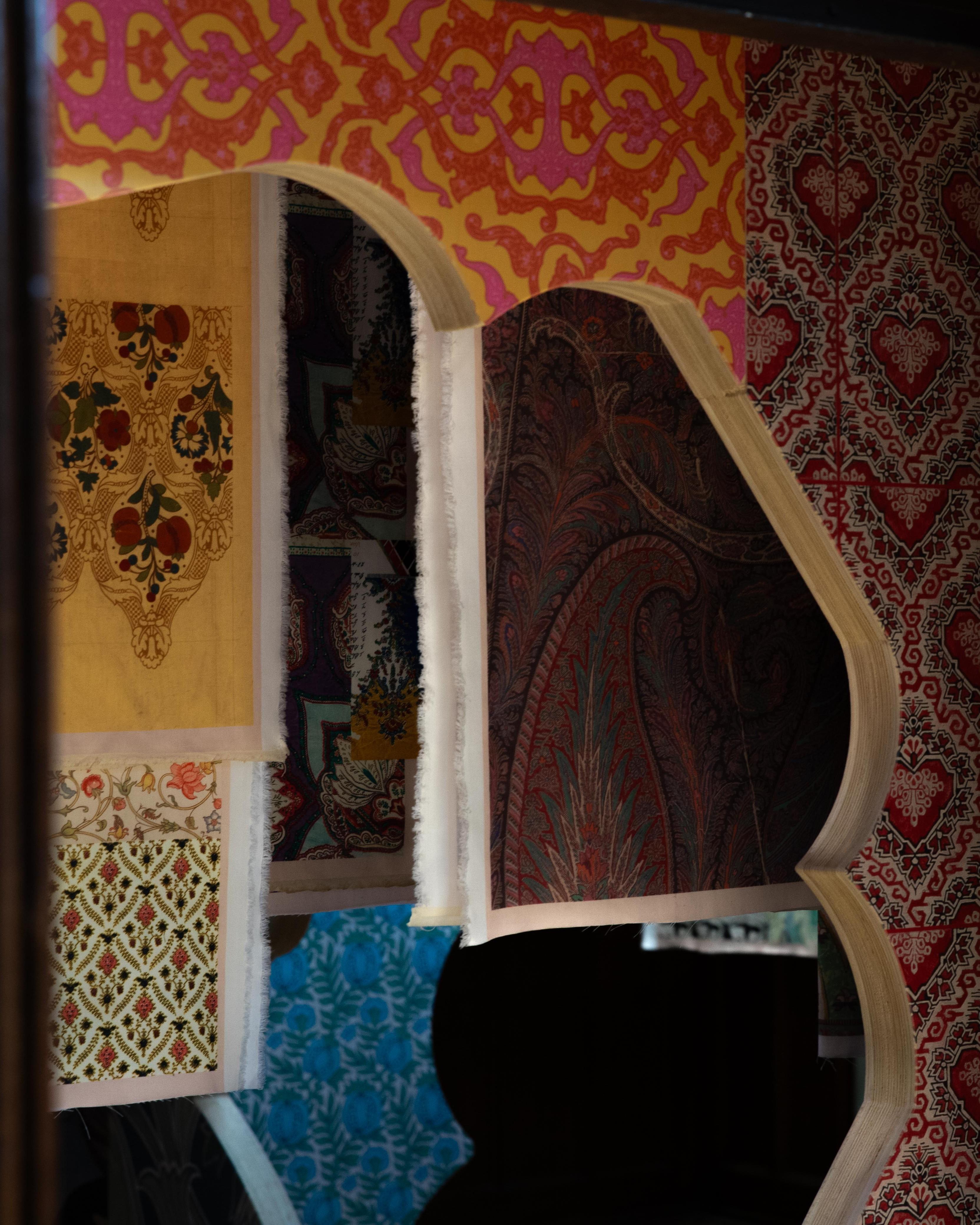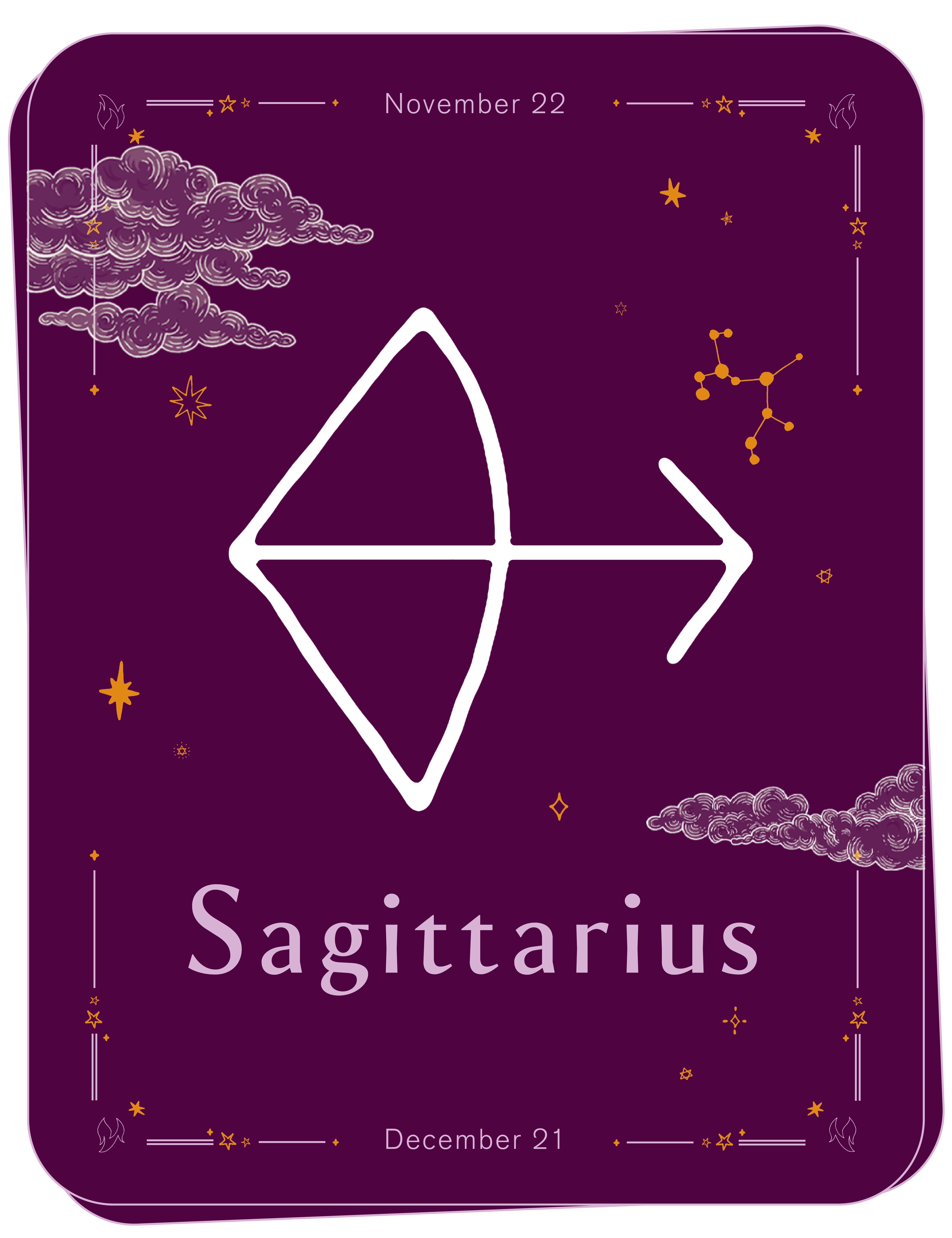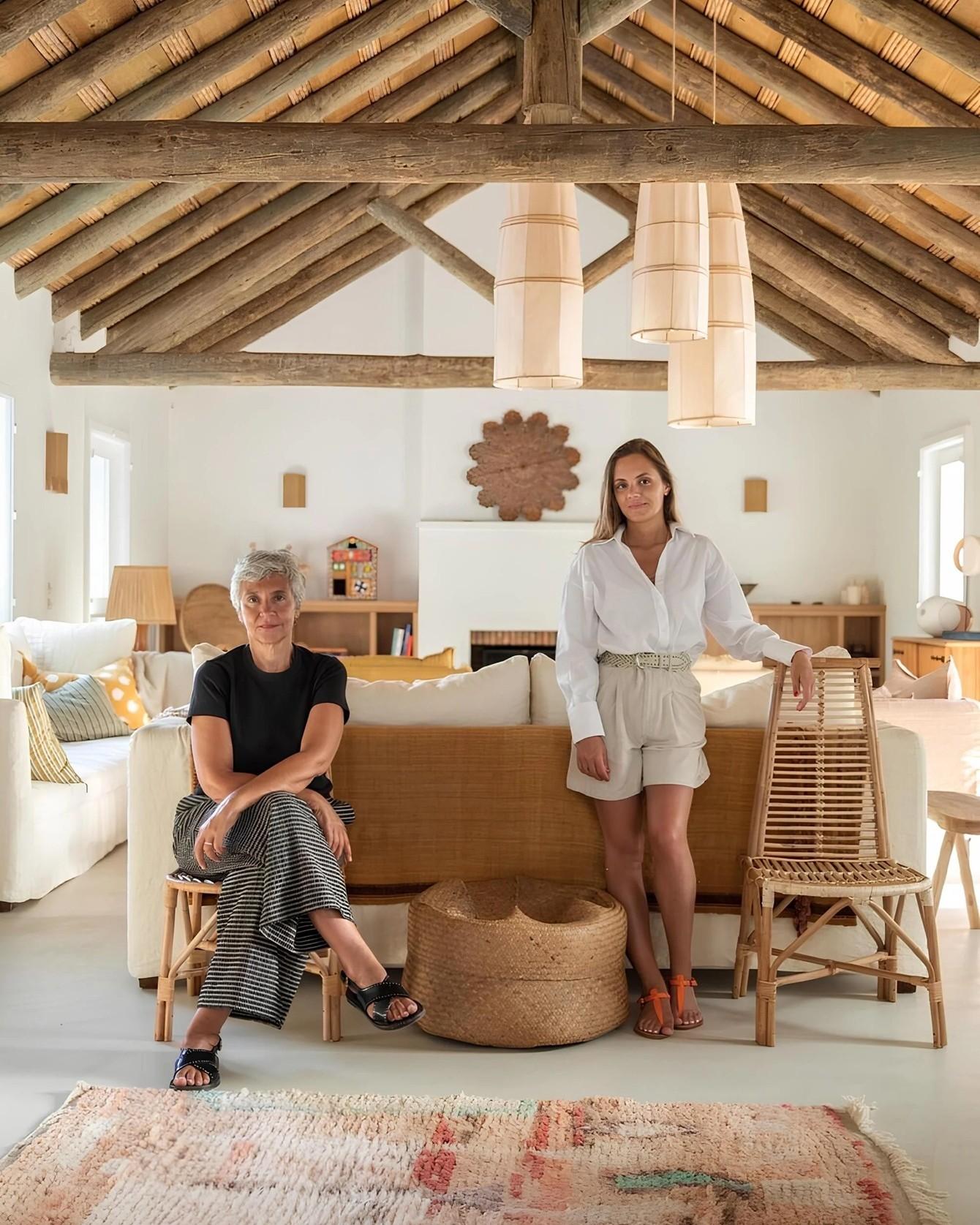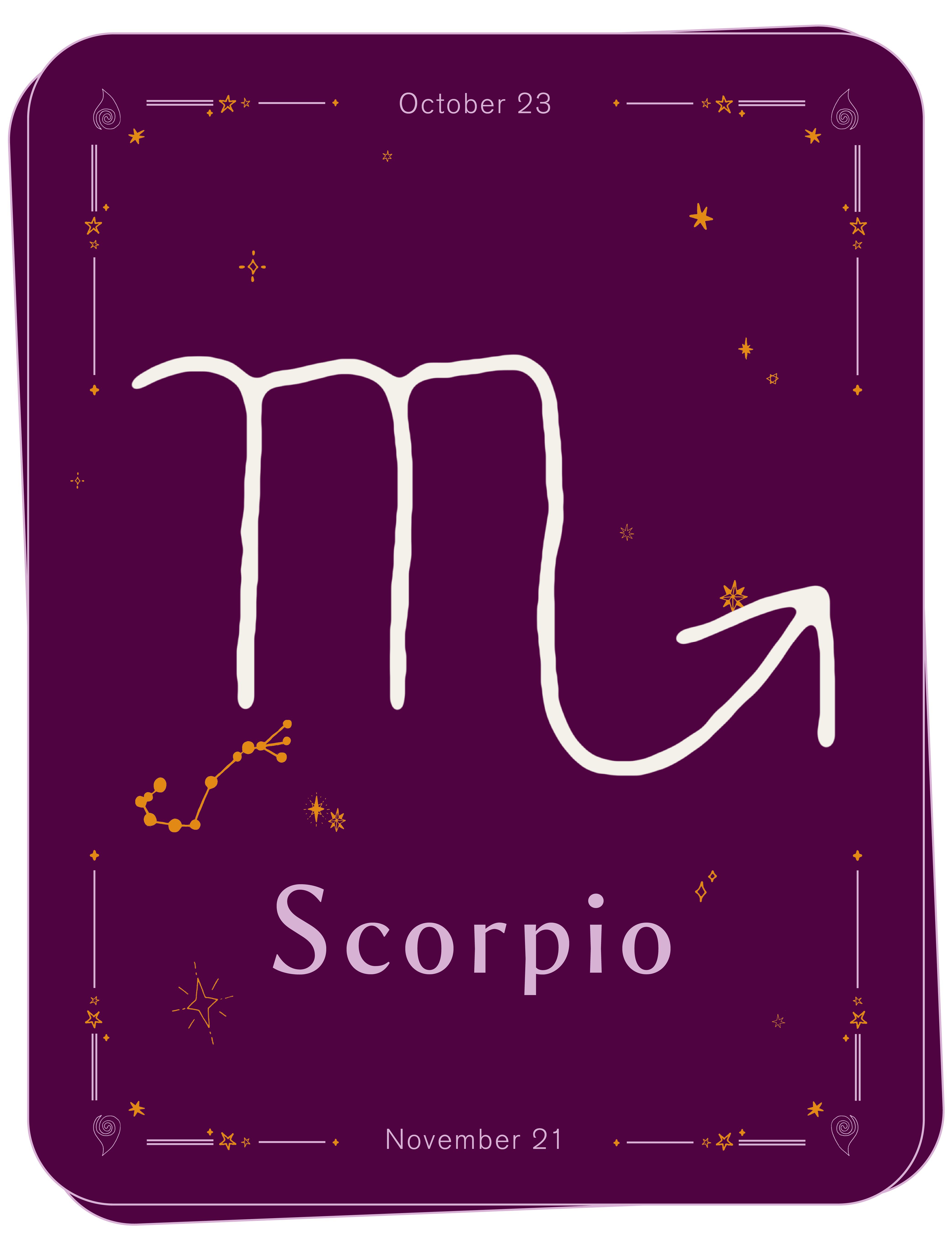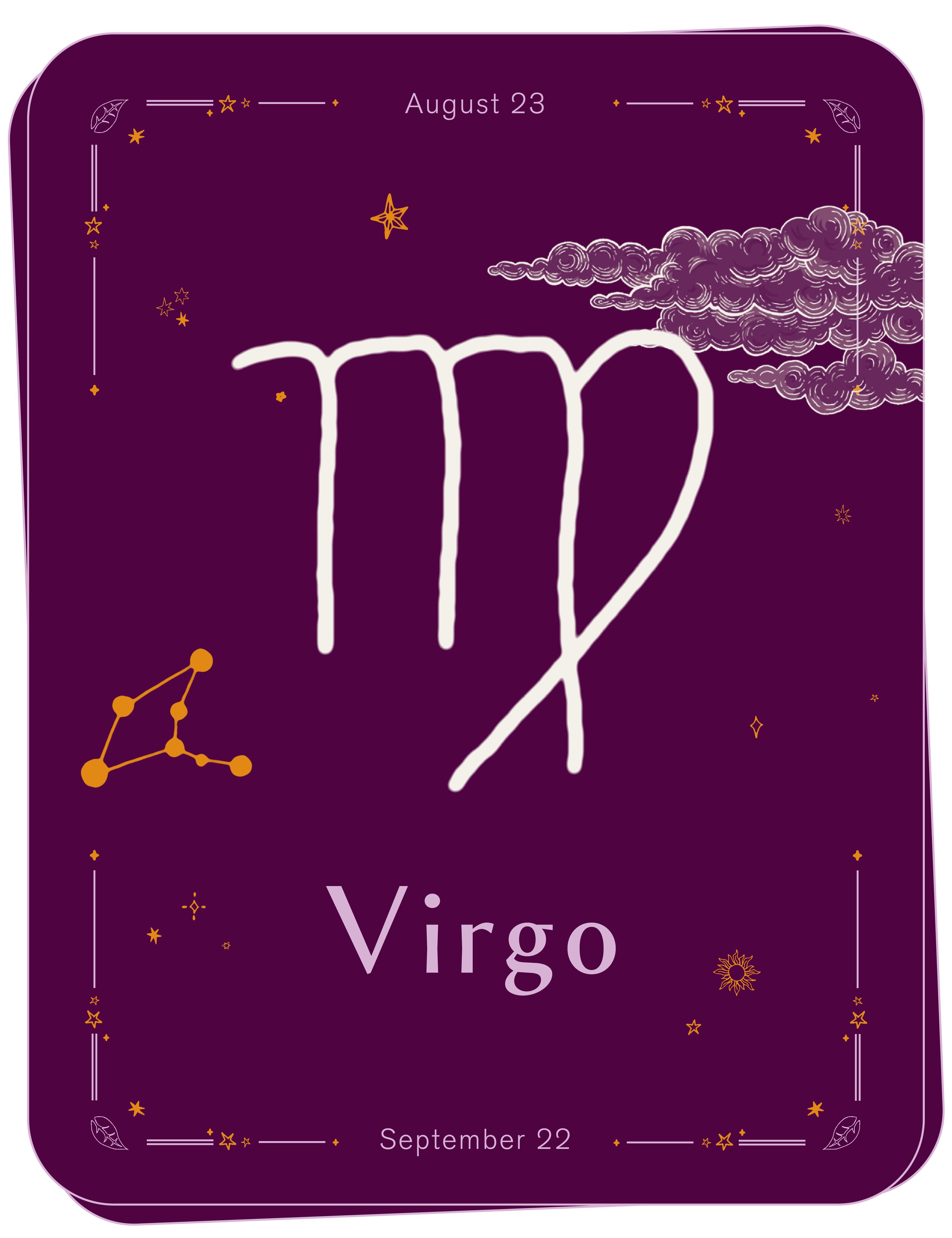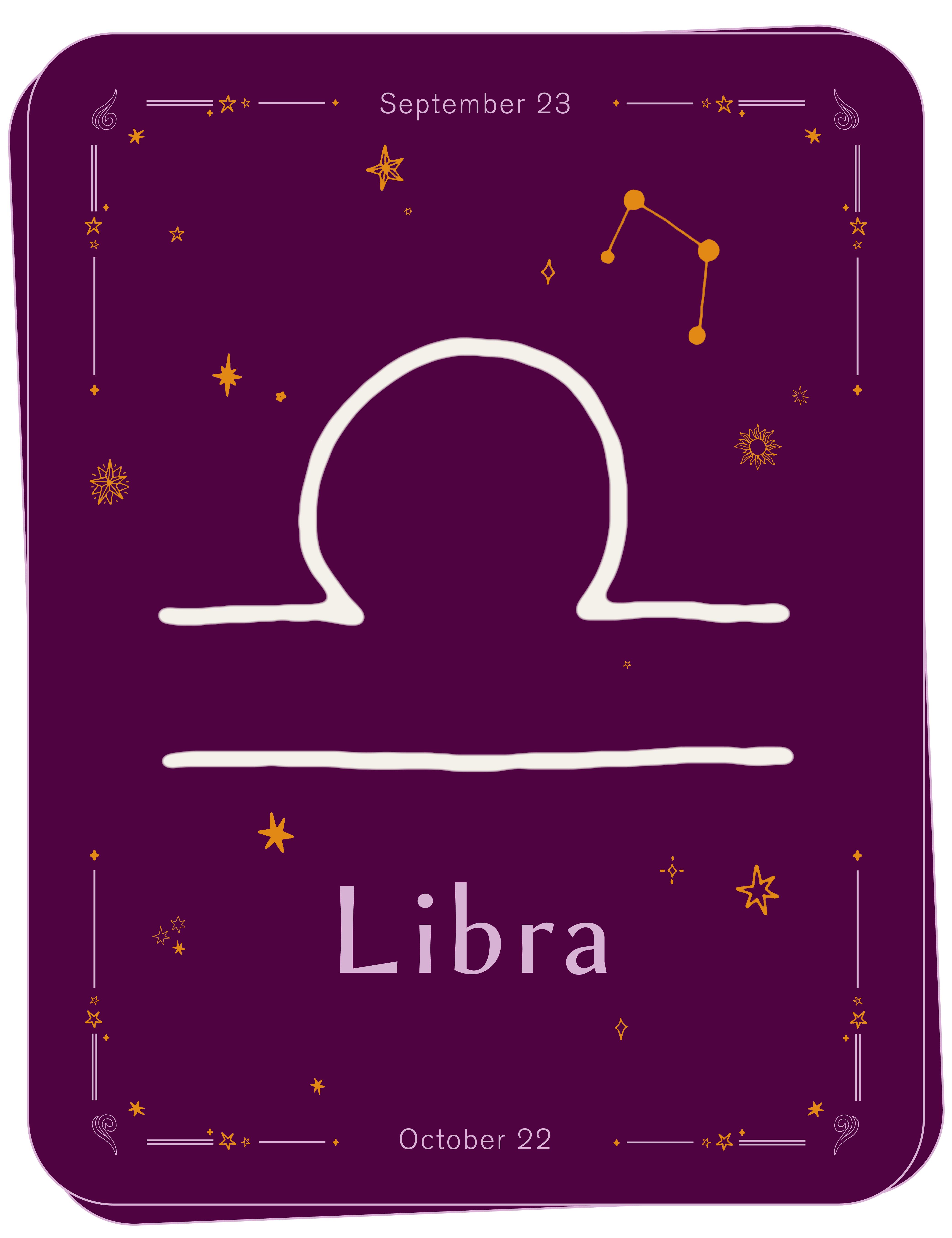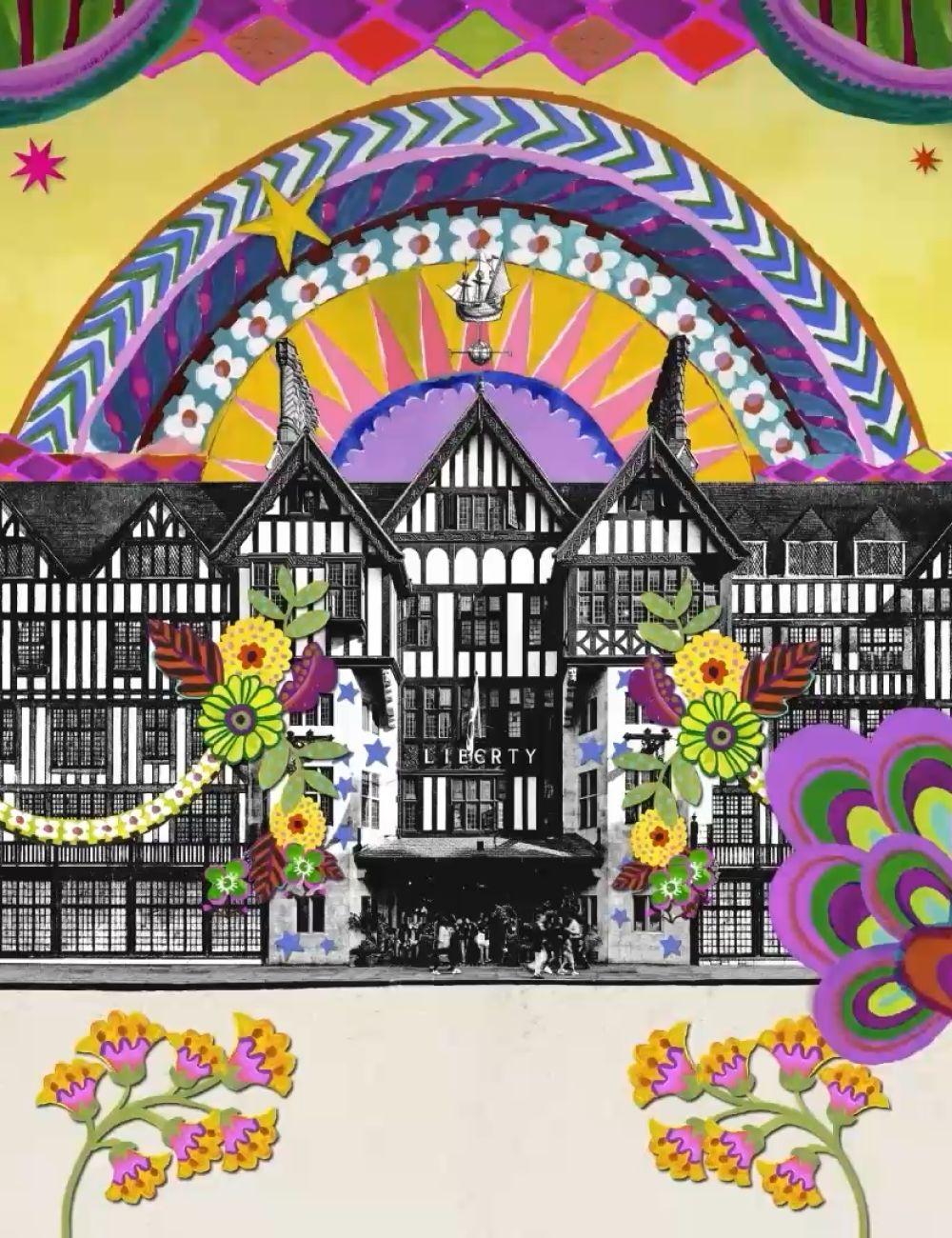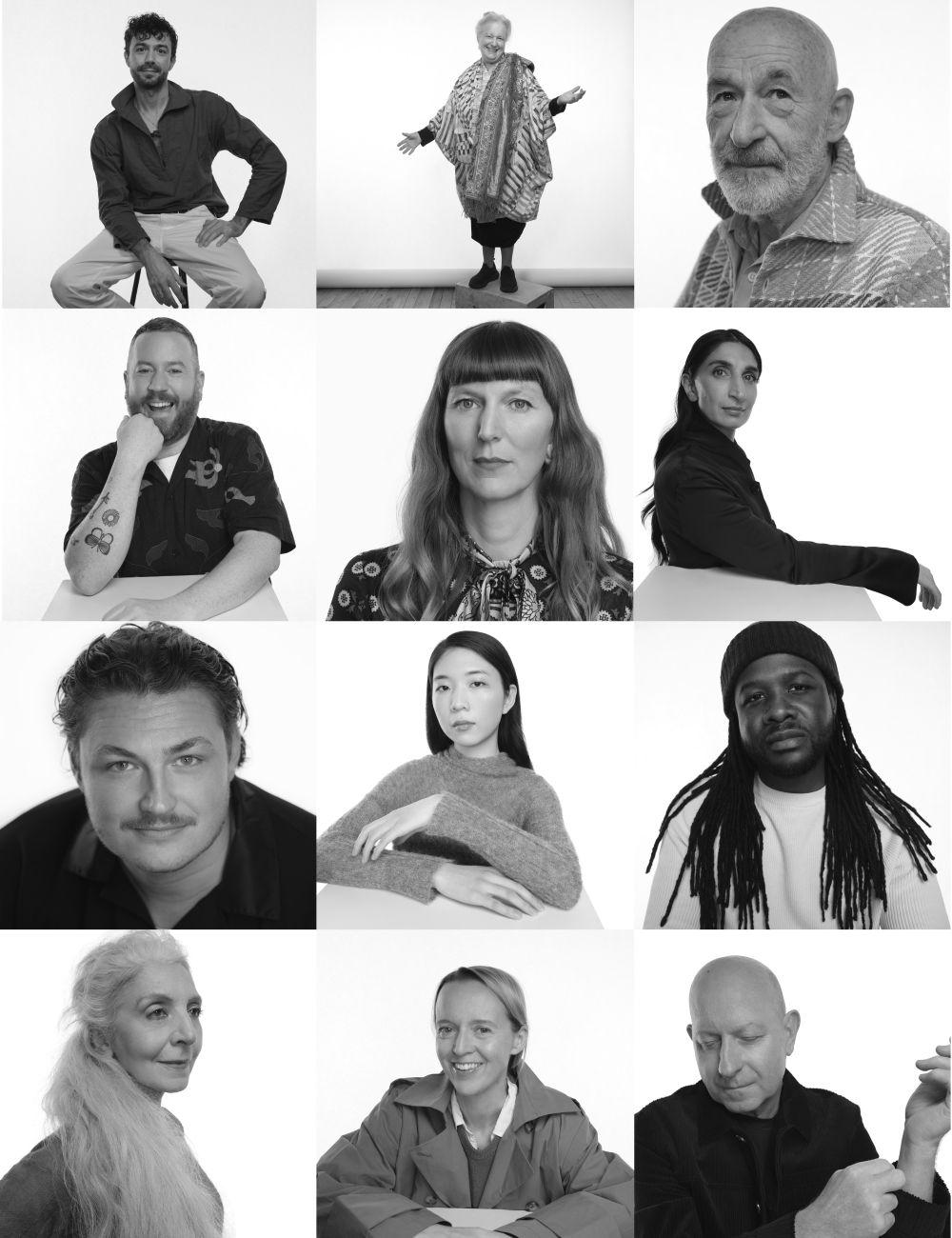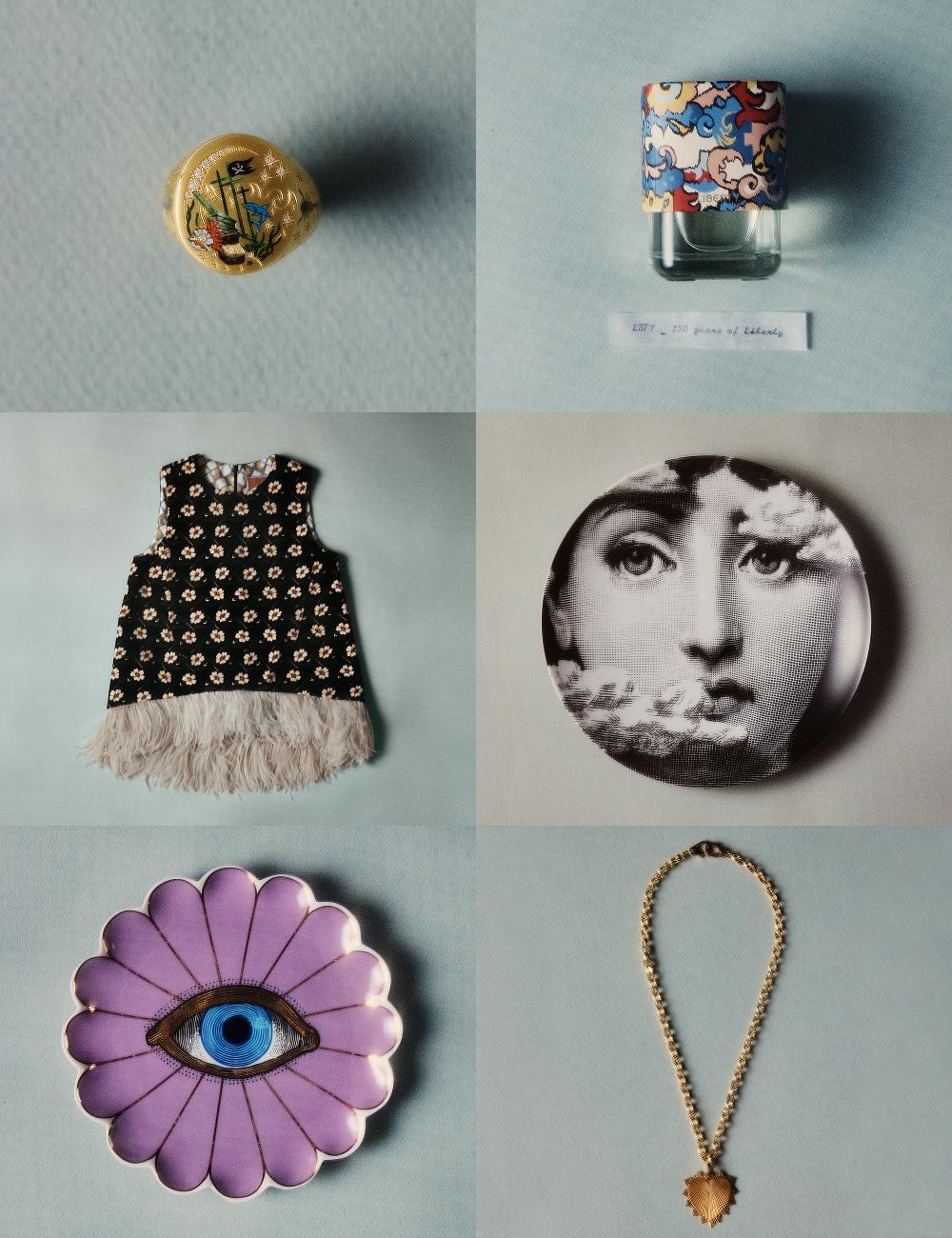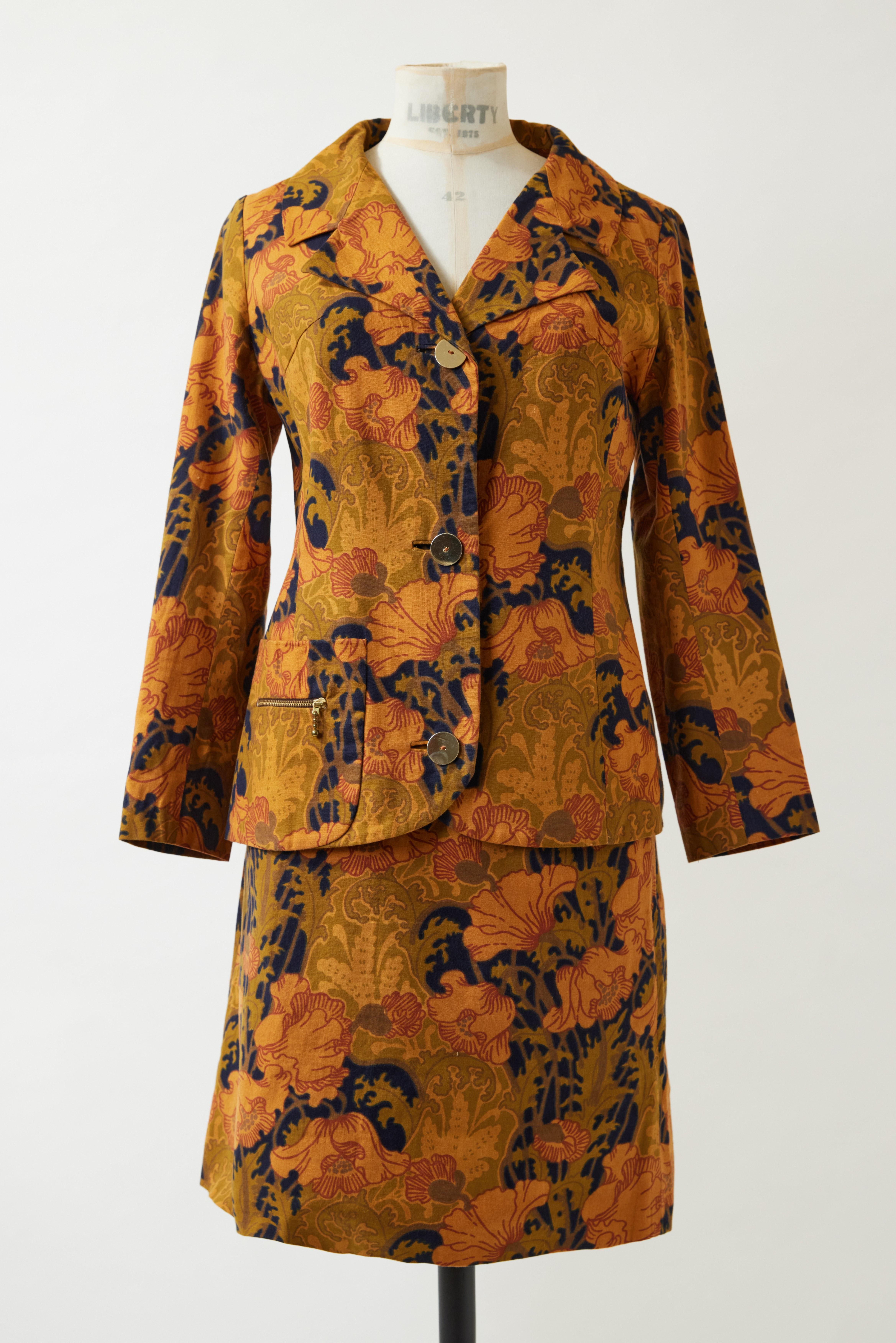
Meet the Curators | Women in Print: 150 Years of Liberty Textiles
Take a virtual tour of the William Morris Gallery’s new exhibition with curators Rowan Bain and Róisín Inglesby
Read more
Meet the Curators | Women in Print: 150 Years of Liberty Textiles
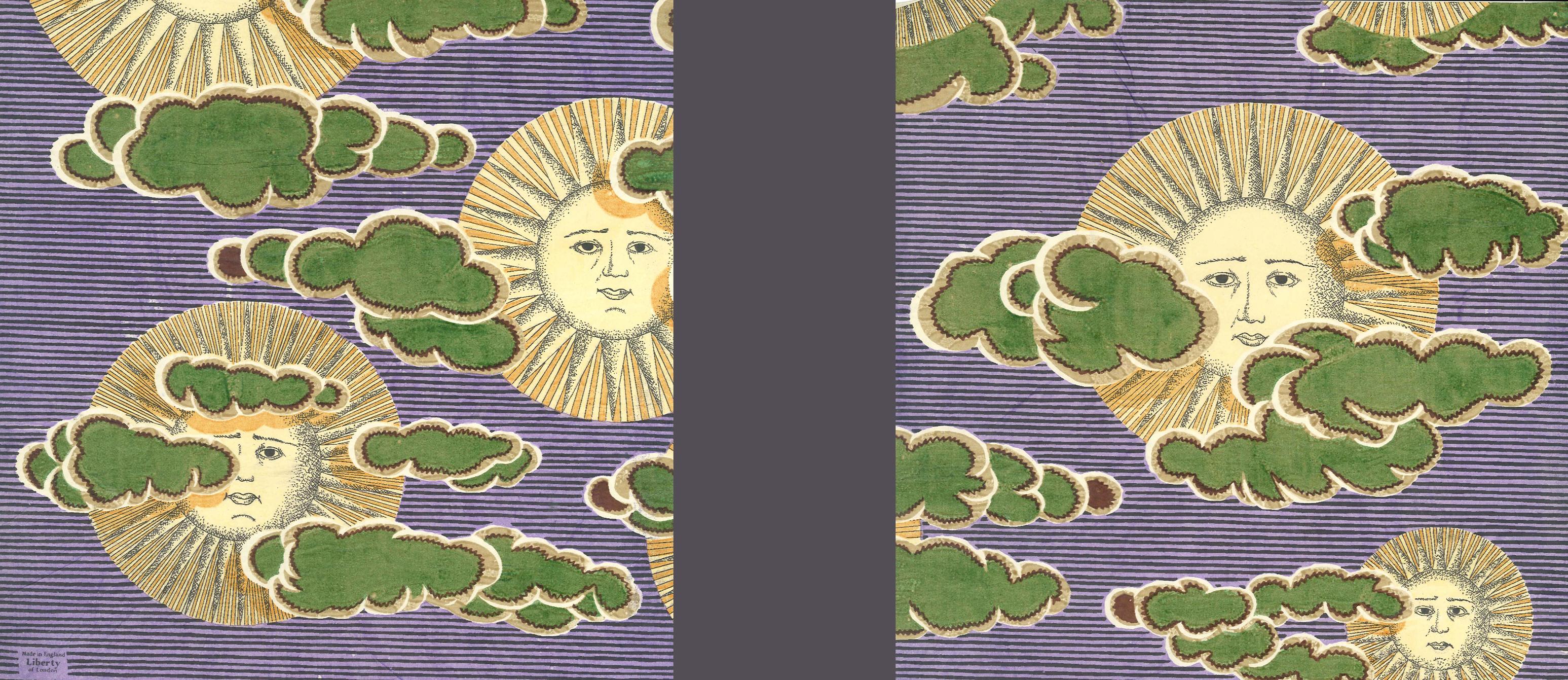
Take a tour of the William Morris Gallery’s new exhibition with curators Rowan Bain and Róisín Inglesby
For 150 years, Liberty has been a beacon of art, design, print and textile creativity. In honour of our milestone anniversary, a new exhibition at the renowned William Morris Gallery in East London, is shining a spotlight on the pivotal role women textile designers have played in our storied print history.
Opening in October 2025, this milestone exhibition chronicles the evolving, and under-represented influence of women in textiles. “Throughout its history, hundreds of women have played an essential role in keeping Liberty at the forefront of textile design, creating thousands of pattens that have filled wardrobes and homes around the world. But textile designers, especially women, are often not known to the general public,” explains Róisín Inglesby, curator of the William Morris Gallery.
“This exhibition aims to shine a light on some of these talented women designers by bringing together designs, fabric, and fashion that show the evolution of Liberty textiles over the past 150 years.”
Bringing together iconic creations from Liberty designers including Althea McNish, Susan Collier, Sarah Campbell, Lucienne Day, alongside names less familiar, but equally as impactful in their influence.
Created in partnership between the William Morris Gallery and Liberty Fabrics, the exhibition is by Rowan Bain and Róisín Inglesby, who here talk us through some of the key pieces within the exhibition.
Women in Print: 150 Years of Liberty Textiles
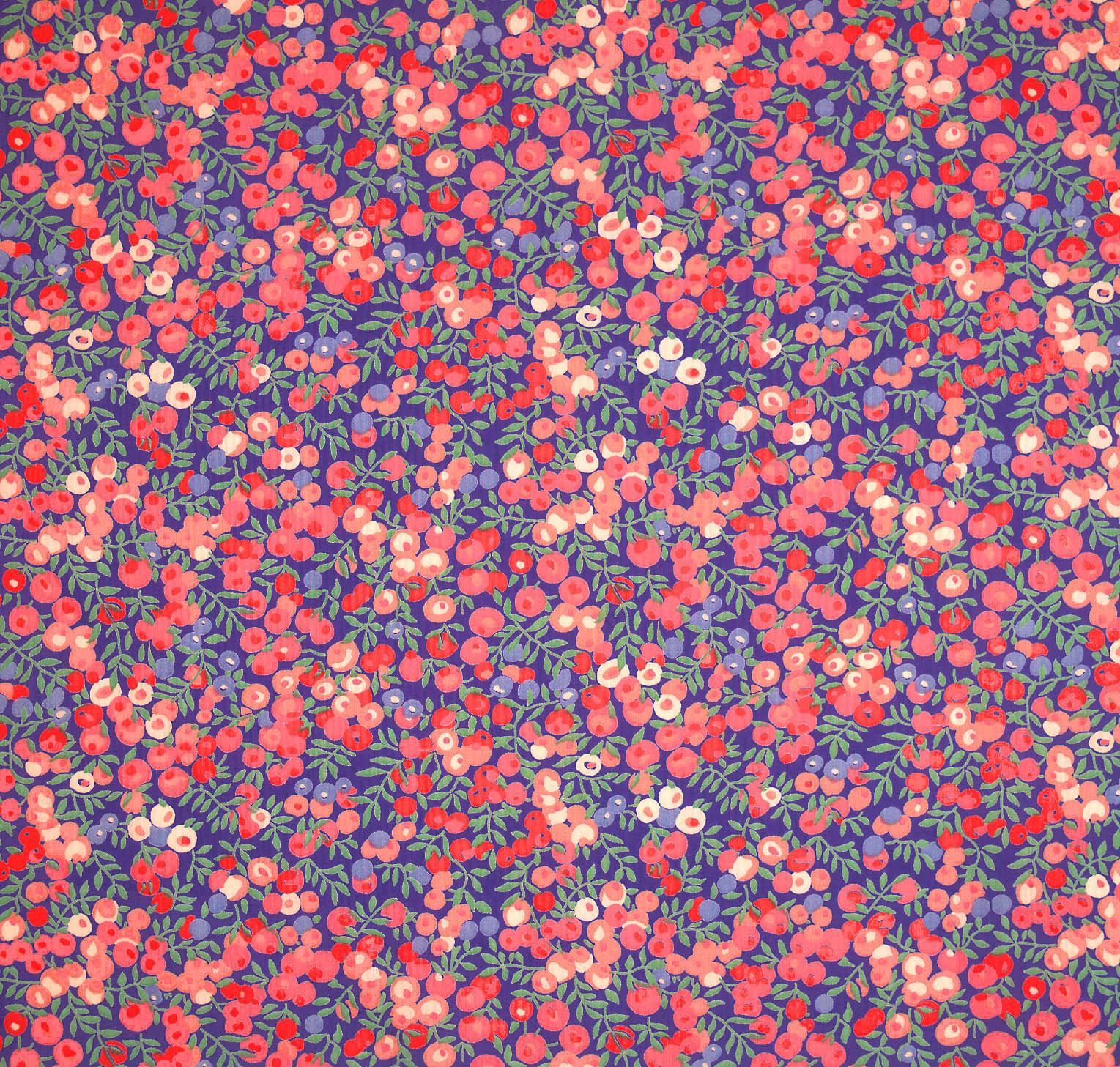
© Liberty Fabric Limited [1933].
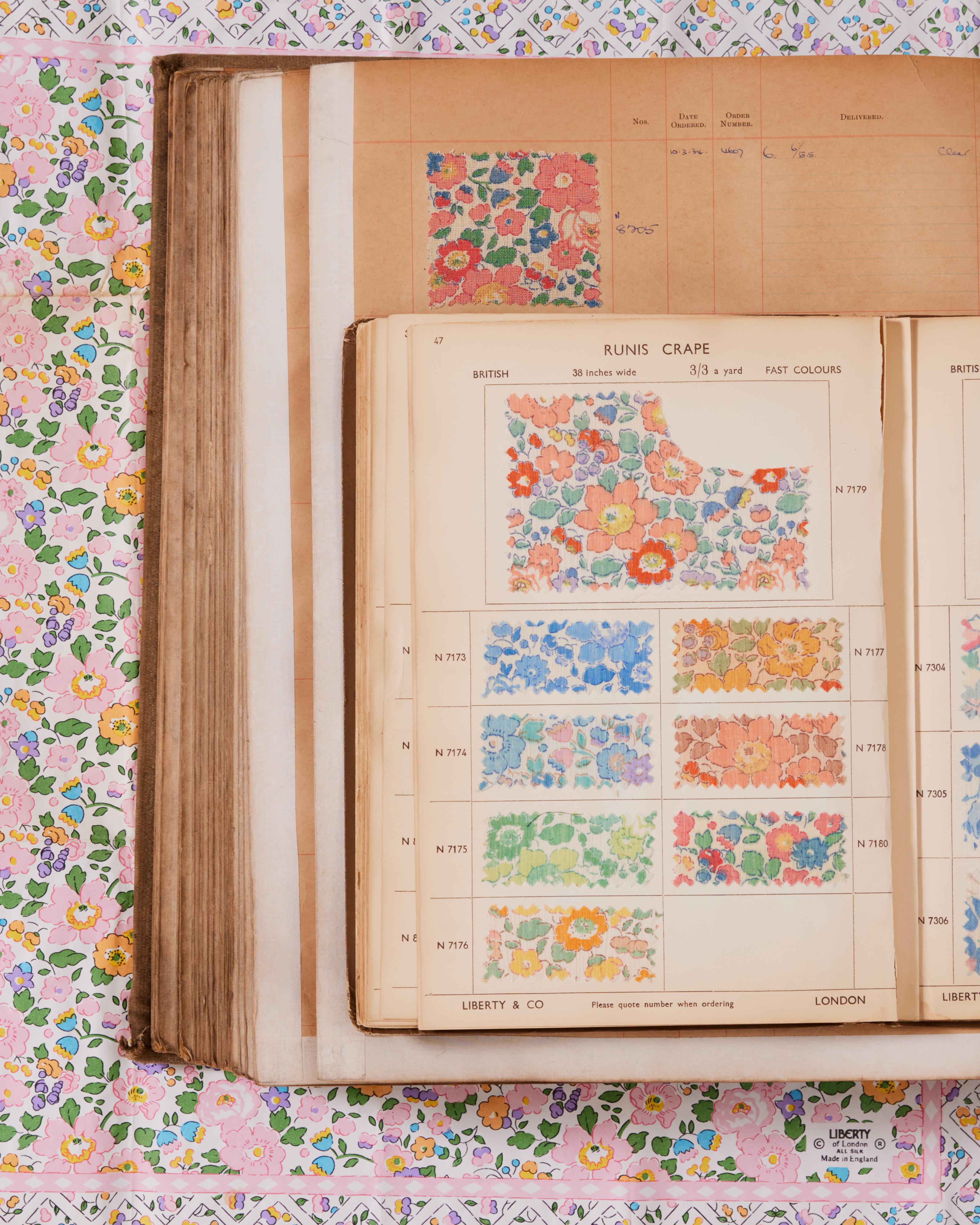
Courtesy of the Liberty archive
"Wiltshire Berry is a perfect example of why we’ve curated this exhibition. It was originally designed in 1933 by someone called Mrs Stoneley who, although she was one of Liberty’s most successful designers, we know nothing about! There are a few references to her in the Liberty archive, usually as ‘D.S.’ and once as Mrs Stoneley, which suggests this was her married name. It’s especially hard to research biographical information about married women as they have usually changed their name, meaning it’s often not possible to find them in the census or other archival records.
We’ve included some of Mrs Stoneley’s best-loved pieces, including Wiltshire Berry, Betsy, and John in the exhibition to help visitors put a name to the woman behind these gorgeous patterns. I think their dense, small scale gives Mrs Stoneley’s prints a timeless quality that feels applicable in different eras. Wiltshire Berry has been enduringly popular since it was first created almost 100 years ago. The choice of berries rather than flowers in this design makes it feel contemporary, perhaps less stereotypically ‘feminine’ than other floral patterns."
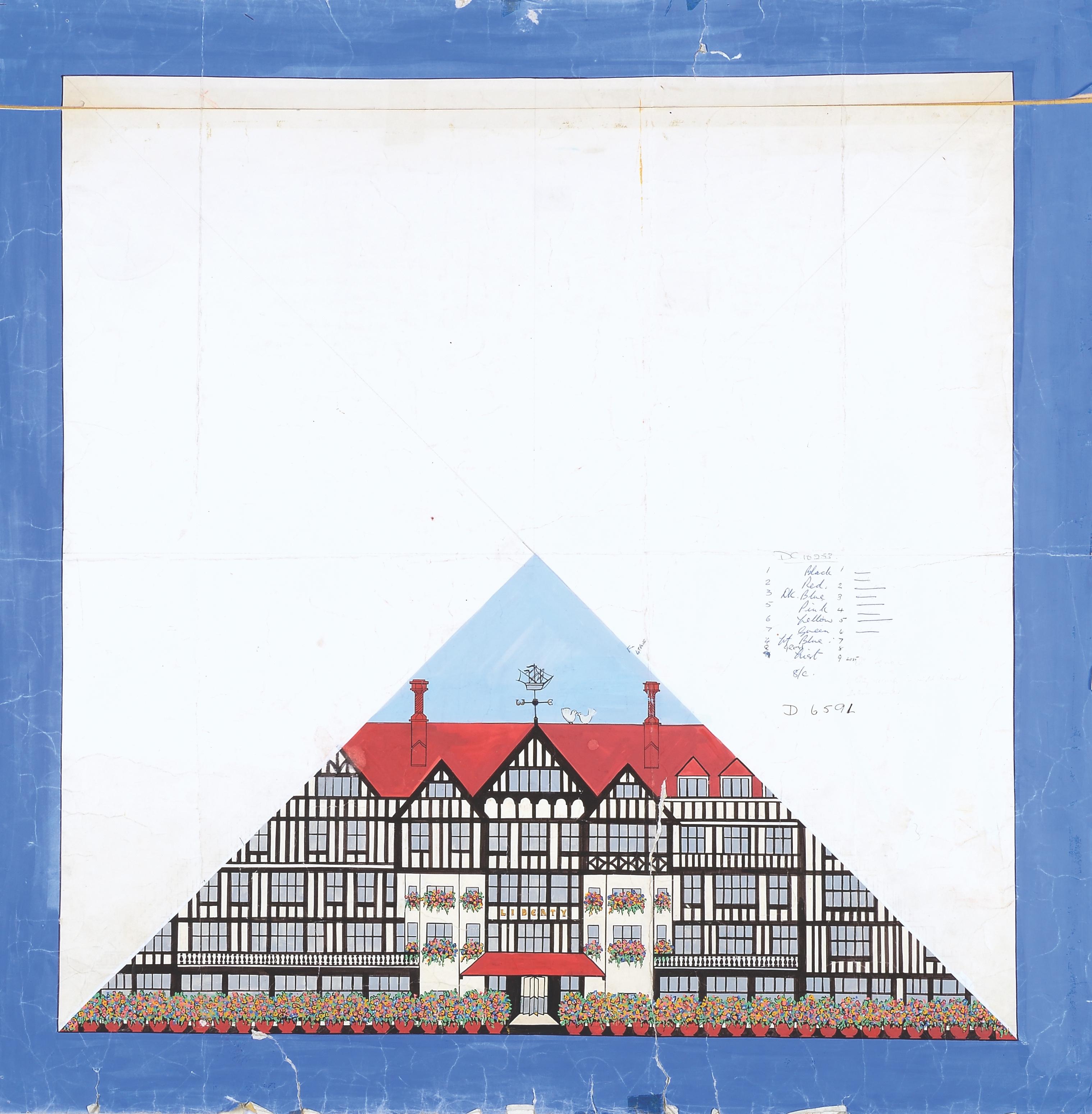
© The Collier Campbell Archive
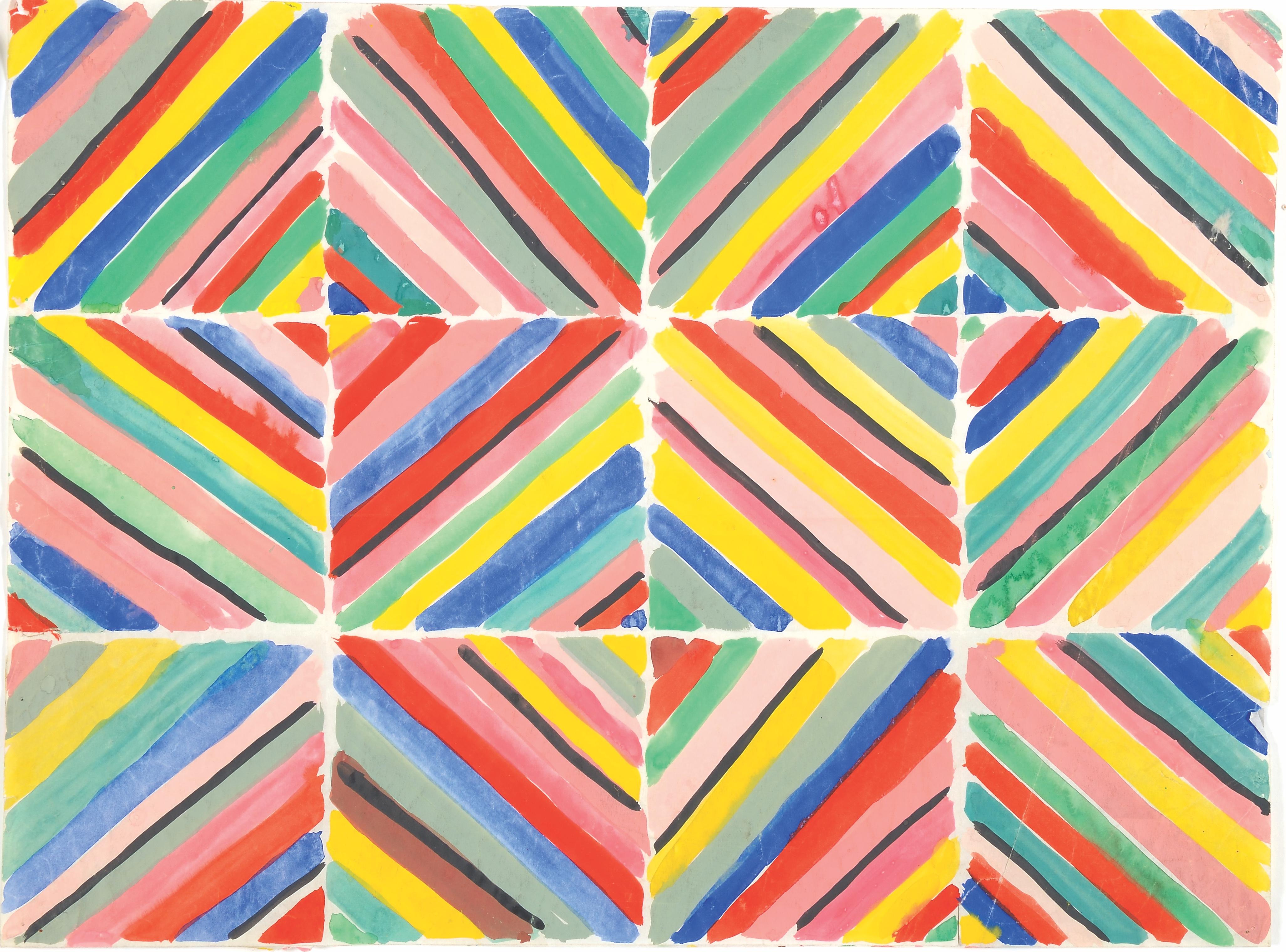
© The Collier Campbell Archive
"Susan Collier (1938–2011) was Liberty’s Design and Colour Consultant from 1971 to 1978. Together with her sister Sarah Campbell (b. 1946), she created some of Liberty’s best-loved designs. This design for a scarf shows Liberty’s iconic ‘Tudorbethan’ shop front, and was created to mark the firm’s centenary in 1975, exactly 50 years ago.
We chose it for several reasons. Firstly, it shows the hand-drawing skills that go into creating a design. Throughout the decades, hand drawing has always been a feature of Liberty textiles, even today when digital methods are available. Secondly, the design references Liberty scarves, one of their most important and famous products. And finally, it shows the shop itself, helping orient the exhibition visitors—even people who’ve never shopped at Liberty will probably recognise this famous shop façade."

Liberty/William Morris Gallery
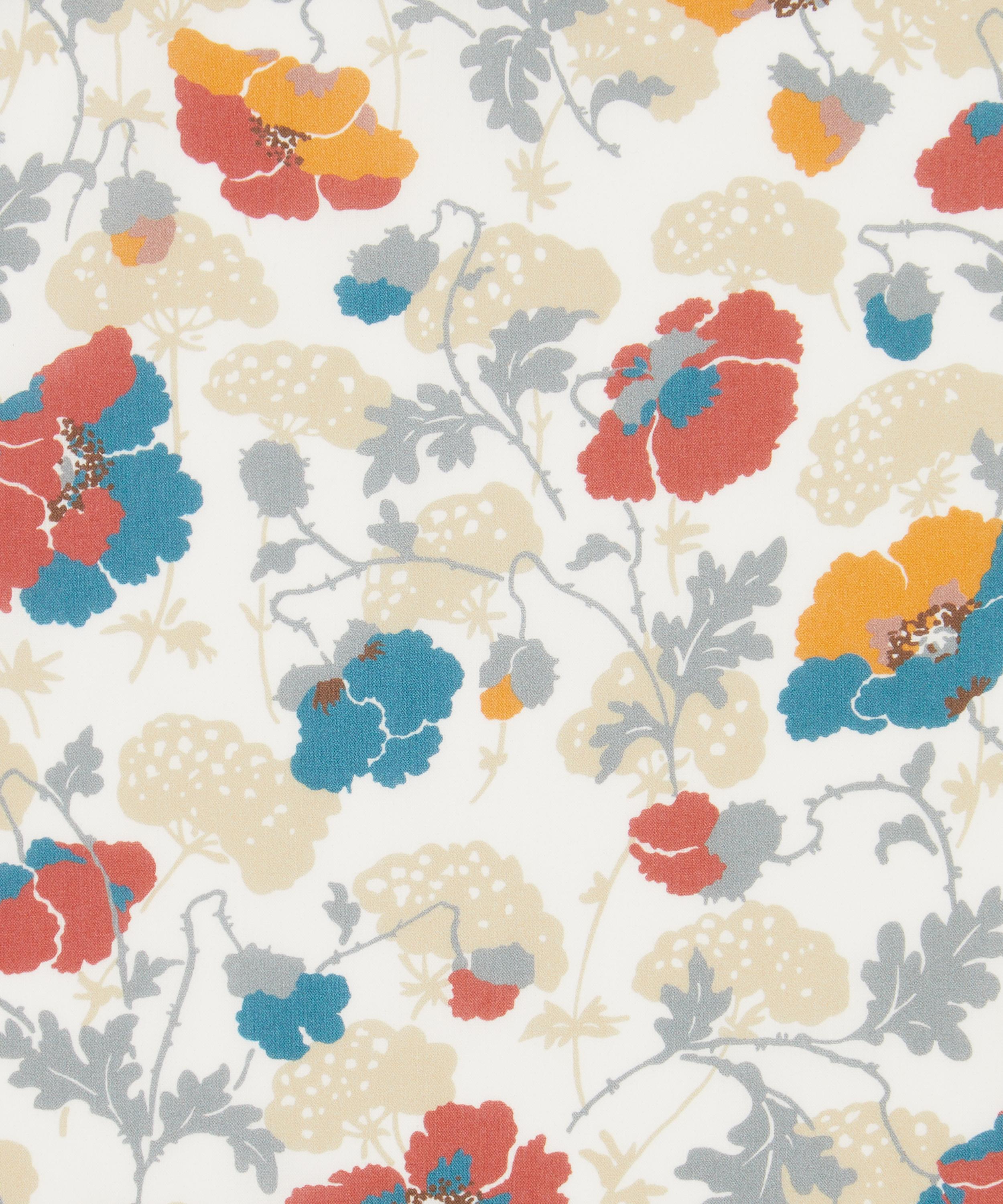
“Liberty textiles have always had a close relationship with fashion, and in the 1960s started appealing to the London fashion scene emerging around nearby Carnaby Street. Amid renewed interest in Victorian floral prints, Liberty’s designers began utilising the firm’s archive to reinvigorate historic patterns, like this classic Poppy design, originally created by Lindsay Phillip Butterfield c.1900. Reinvented in bright colours, the fabric was used by Mary Quant for her affordable ready-to-wear line called Ginger Group. Advertisements claimed the collection could turn ‘dyed-in the-wool beats to a new cool look in dressing.’ The suit was most famously worn by actress Jane Asher in press images for the 1966 film Alfie.
“Poppies remain a source of inspiration to Liberty’s designers today with current Head of Design Polly Mason telling us: “I have always loved poppies. As a child I filled my bedroom wall with images of the poppy – they somehow manage to capture a delicacy and boldness all in one. Poppies are integral to Liberty’s design heritage and I have enjoyed adding different iterations of this beautiful flower to the archive over the years.”

© Liberty Fabric Limited [1959].
"Liberty transformed its approach to design after the Second World War. In the context of increasing public interest in design, the firm actively sought a modern aesthetic, employing significant artists and designers to create patterns. Mitzi Cunliffe was one of these designers. Born in America, she moved to Manchester in 1949 and quickly established herself in the British design scene, being included in the Festival of Britain in 1951. Cunliffe is best known as the creator of the BAFTA award mask, but alongside large-scale metalwork commissions and concrete ‘sculpture by the yard’, she also made a small number of textile designs, including this scarf design for Liberty.
"Over the years a diverse range of women, from Jessie M. King (1875–1949), a pioneering designer associated with the Glasgow School of Art, to the abstract artist Sonia Delauney (1885– 1979) have created scarves for Liberty. We’ve included a section on scarves as they’re really interesting, an opportunity for designers to experiment with different sizes, shapes, materials, and printing techniques, as well as being one of Liberty’s best-known products. "
Women in Print: 150 Years of Liberty Textiles runs at the William Morris Gallery in Walthamstow, east London, until June 2026.
